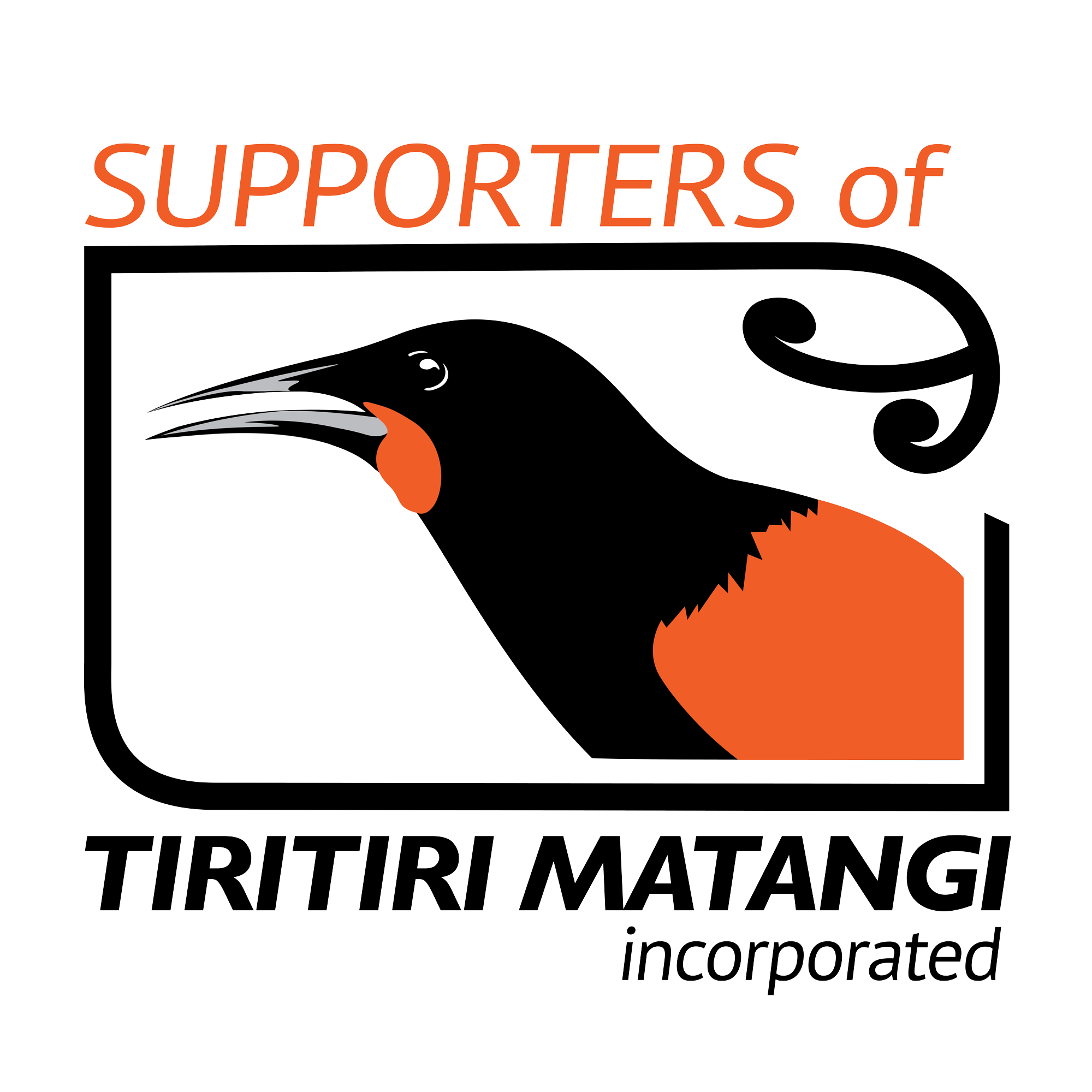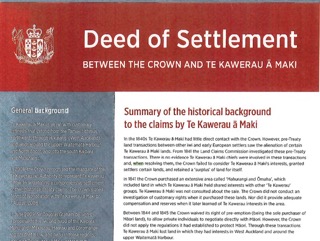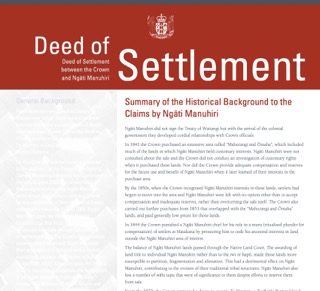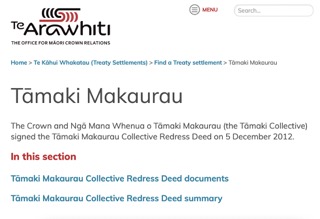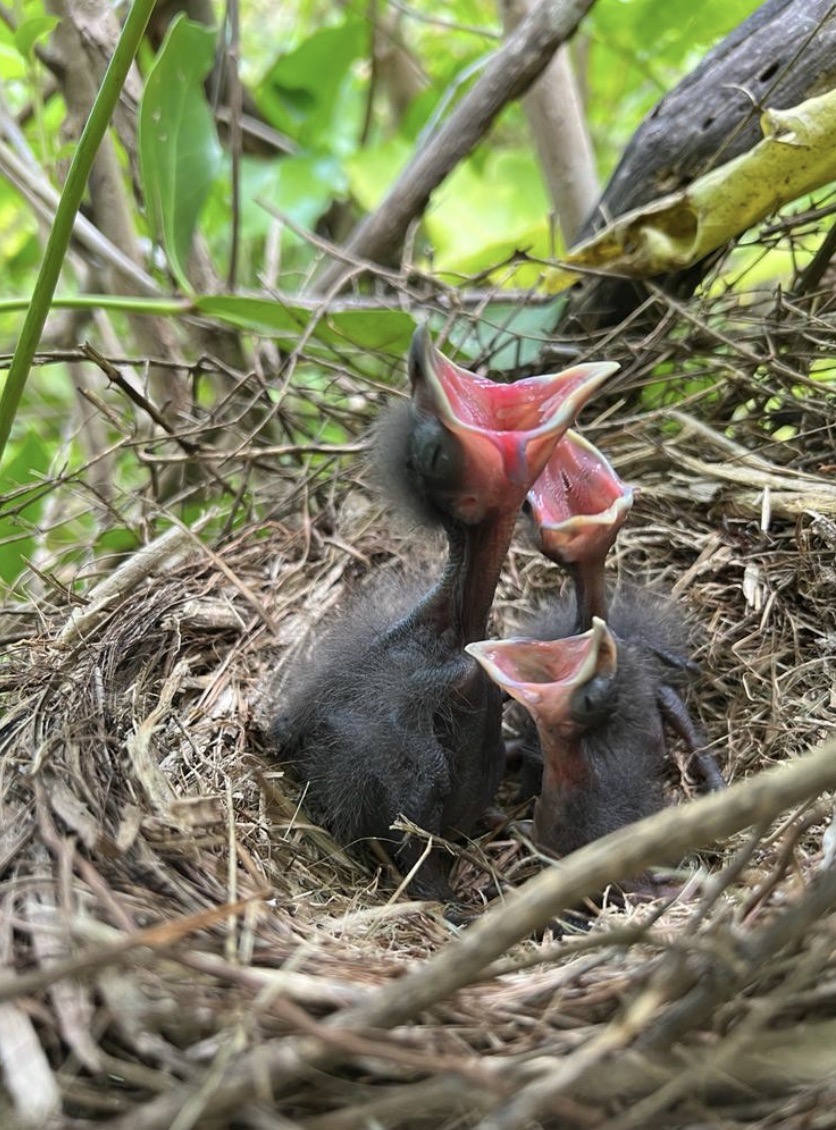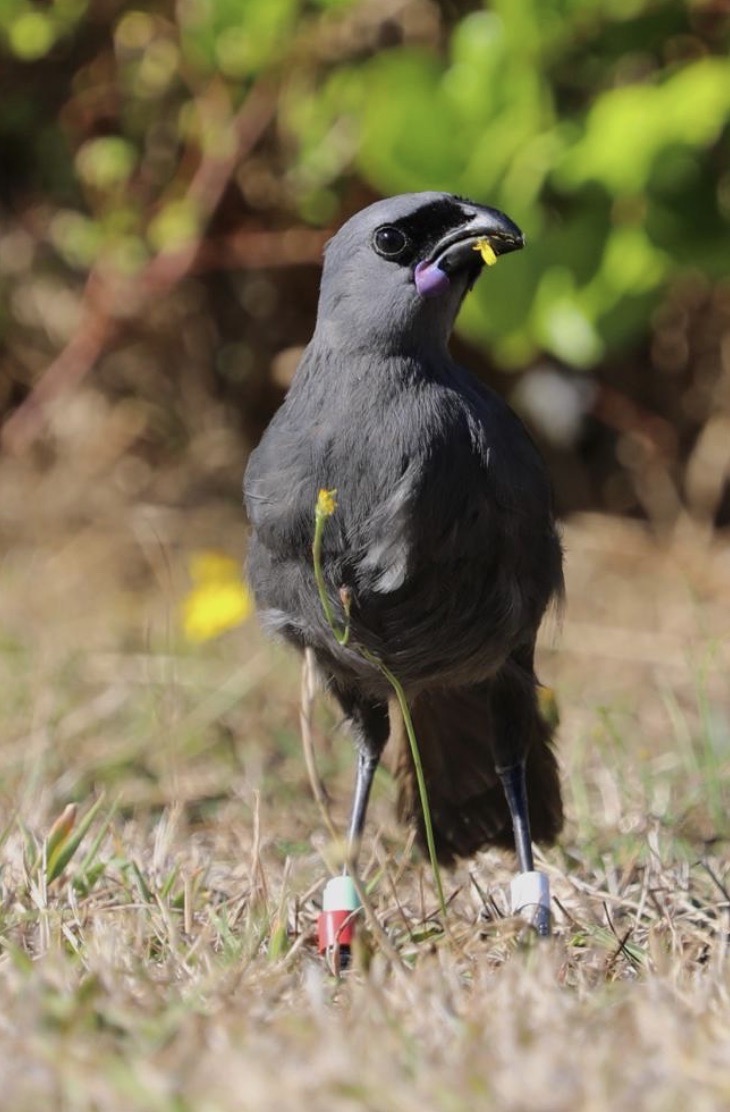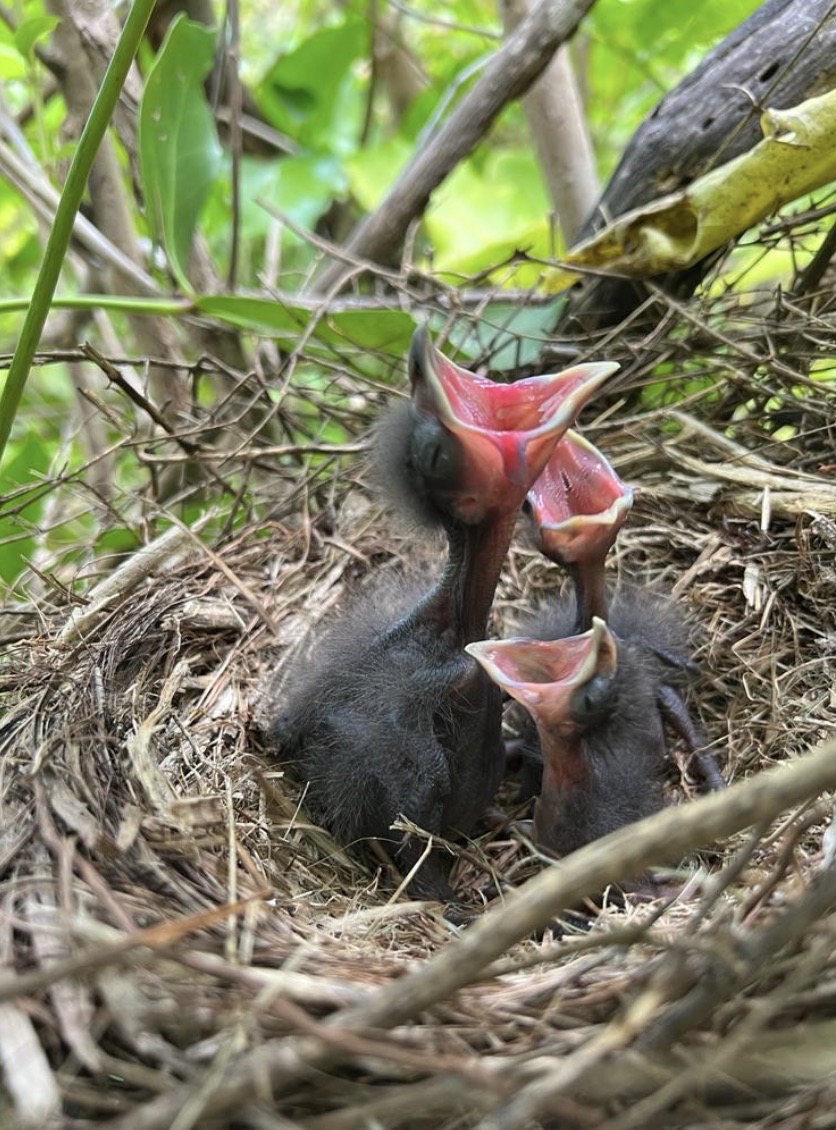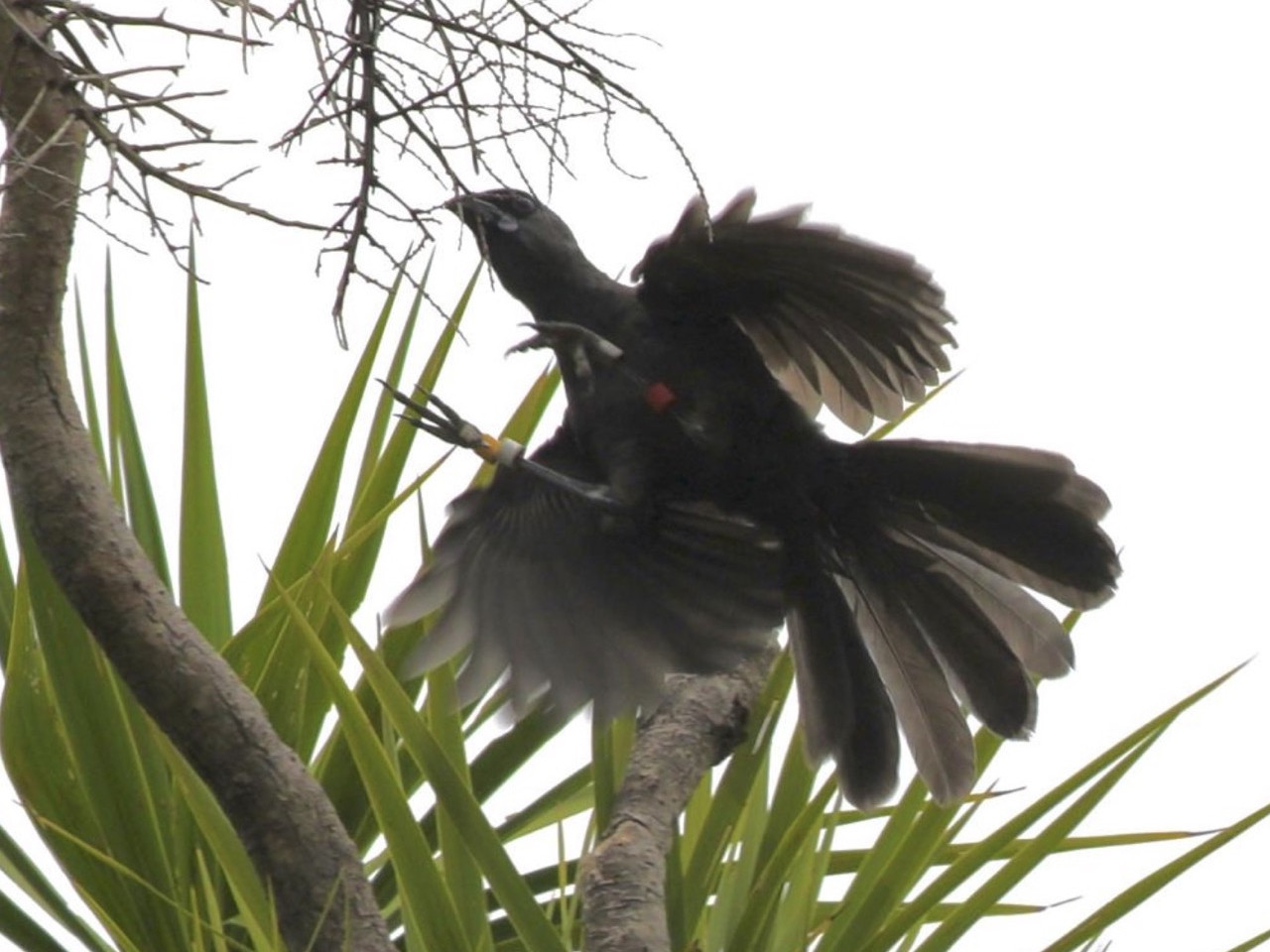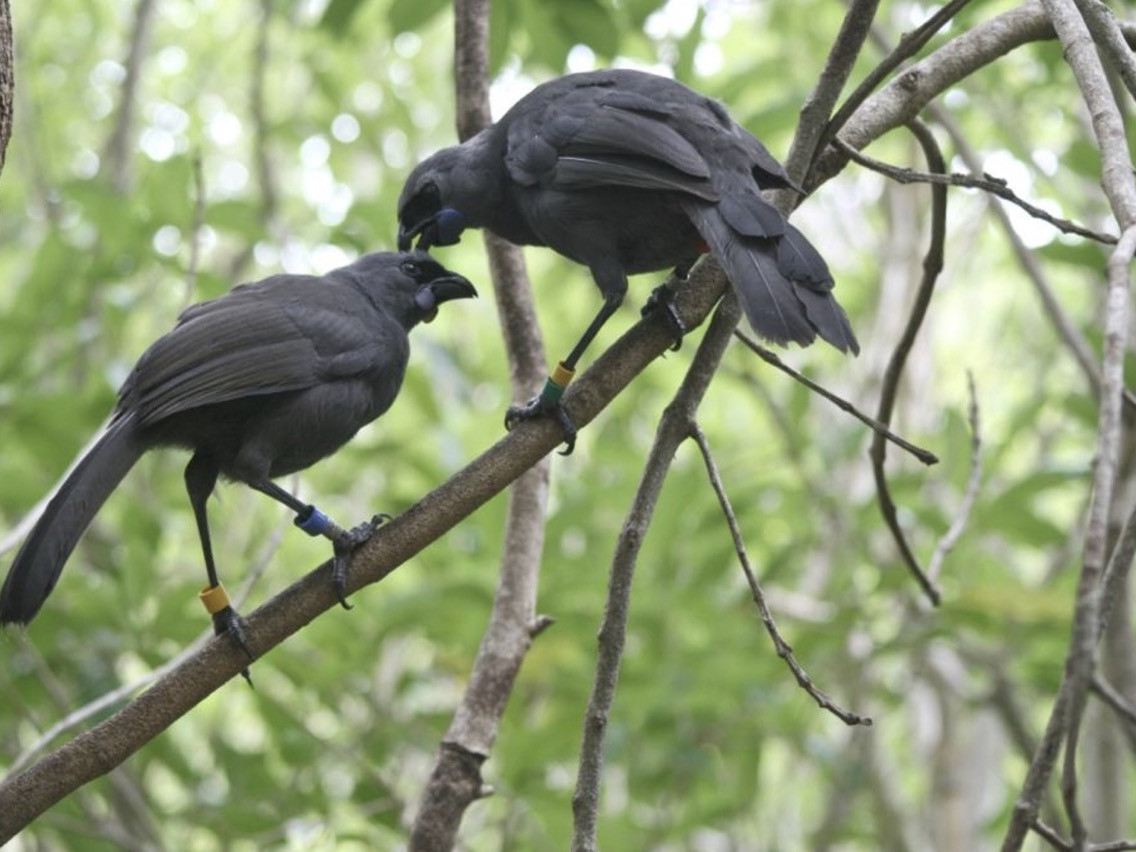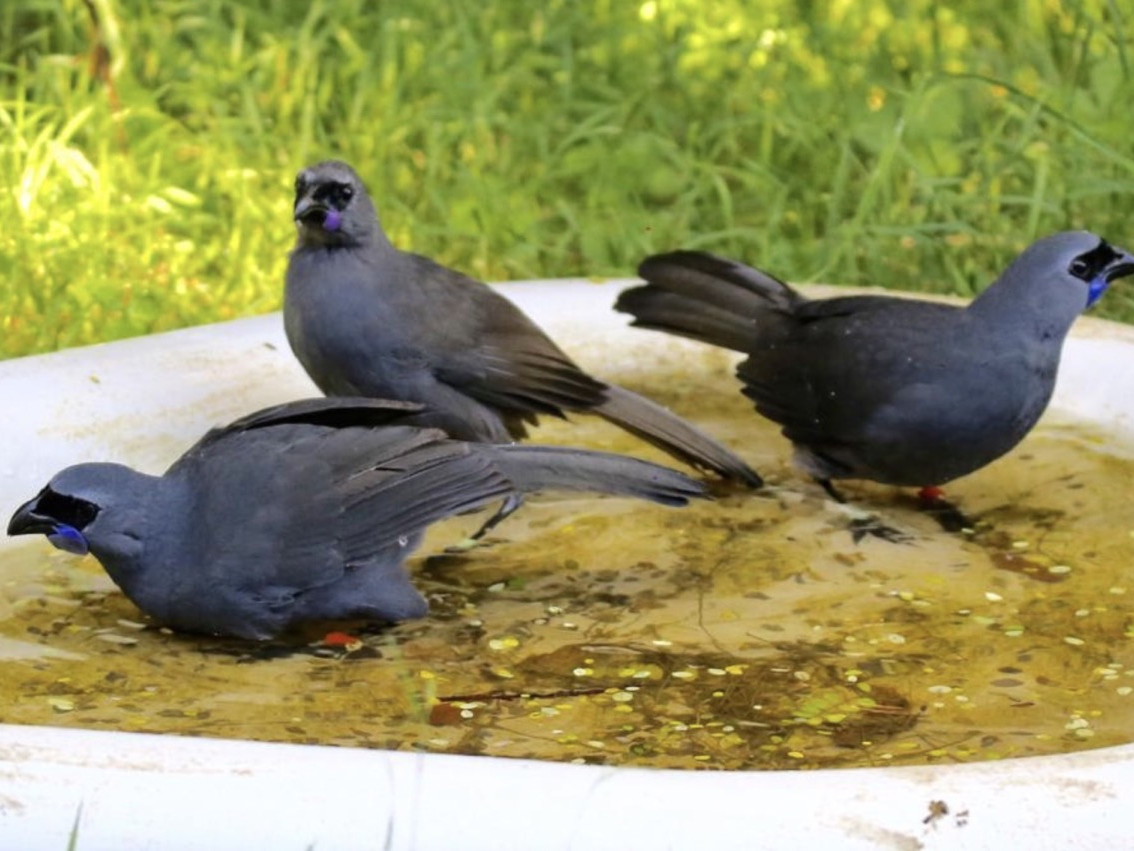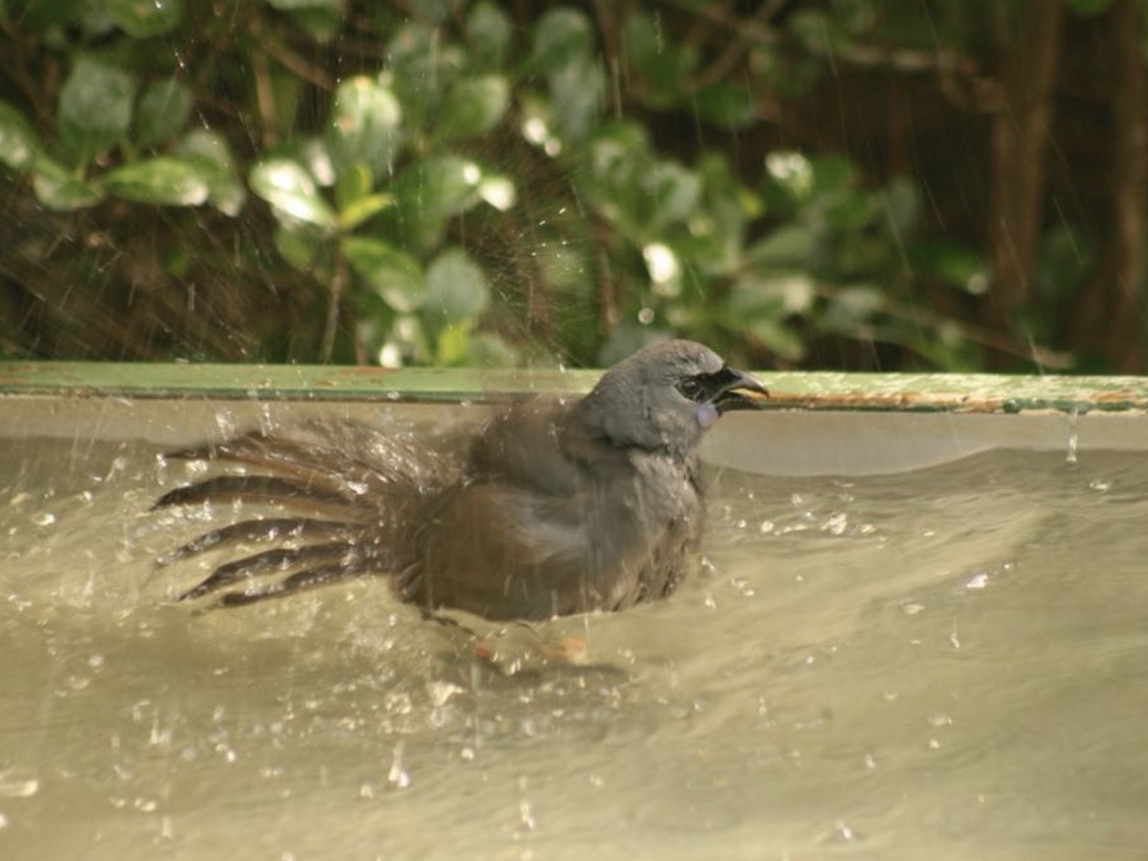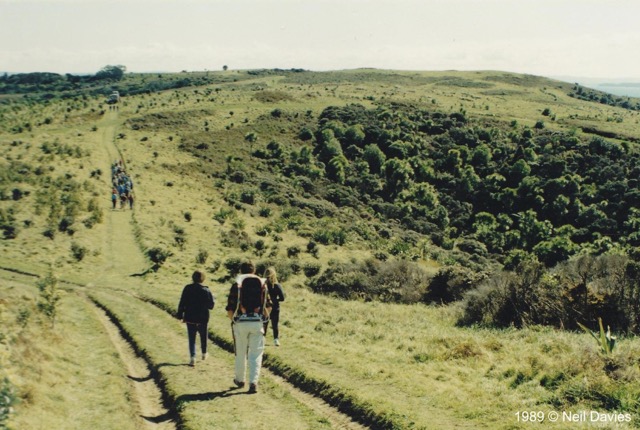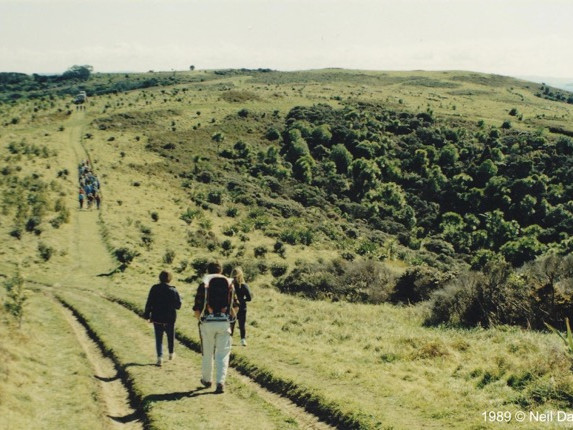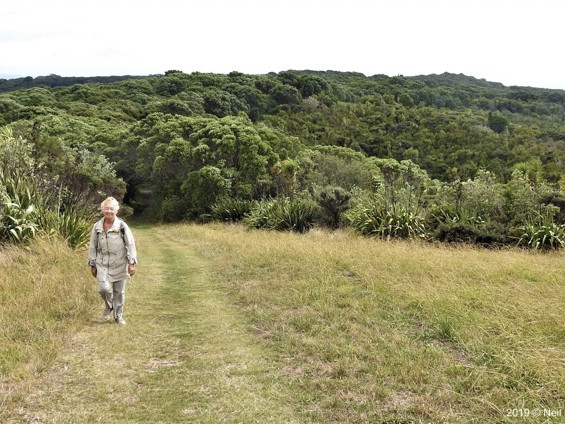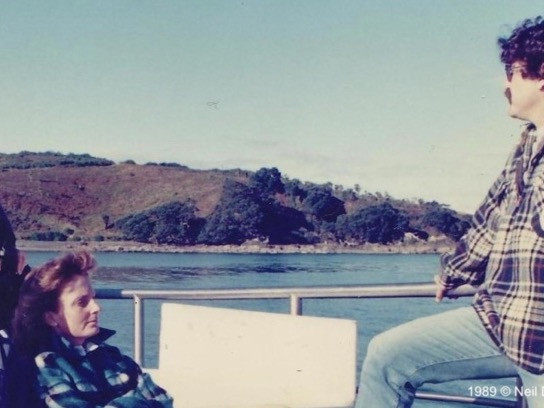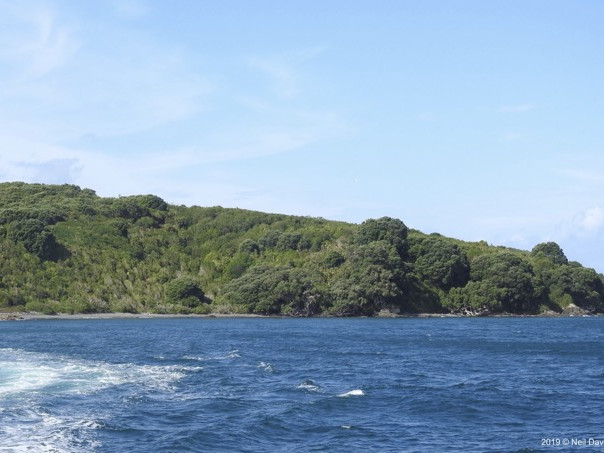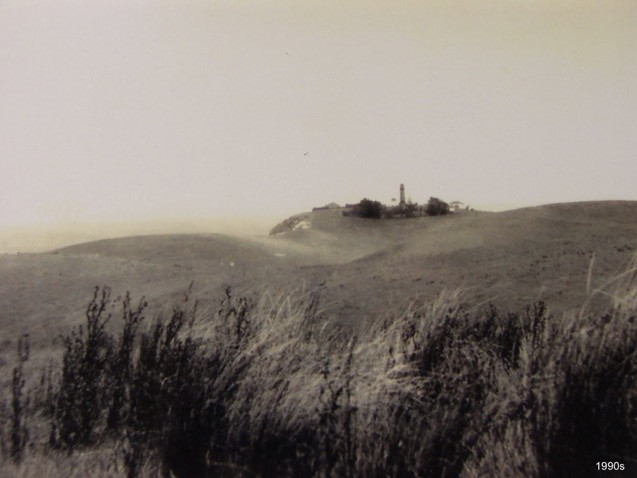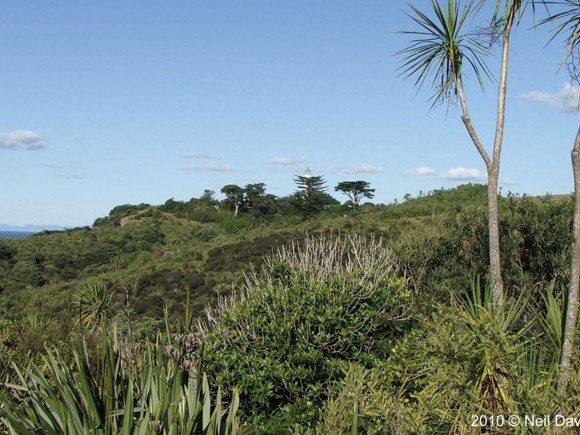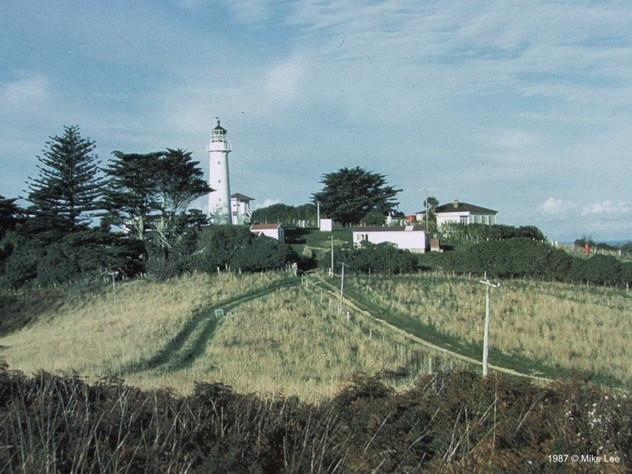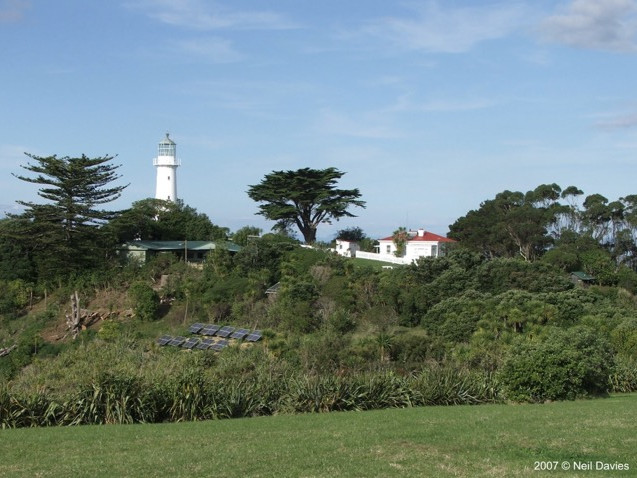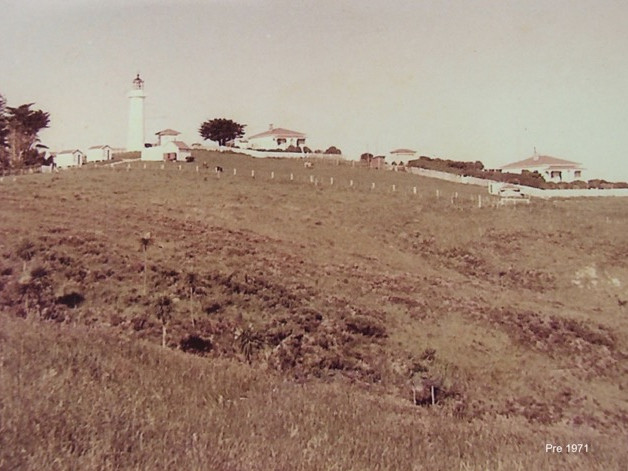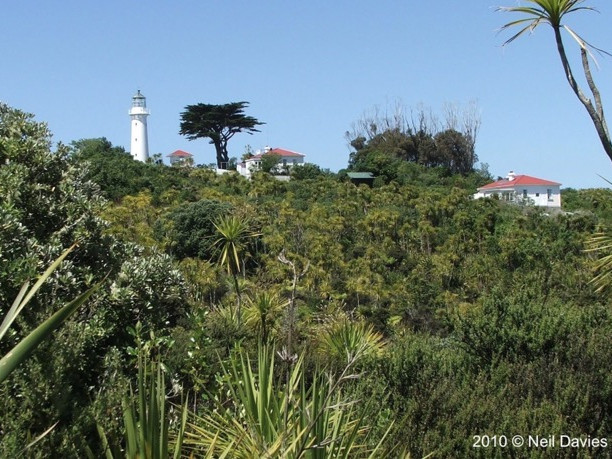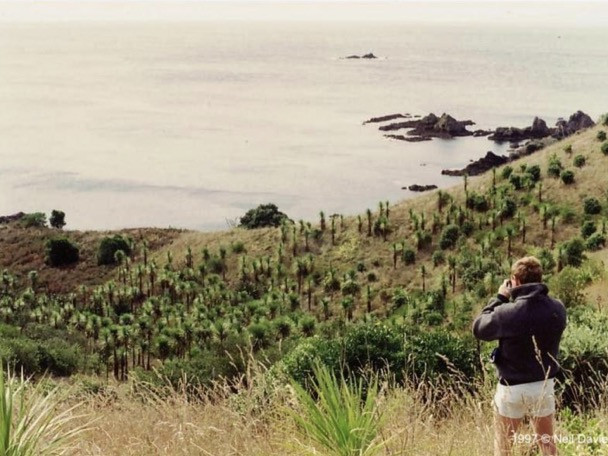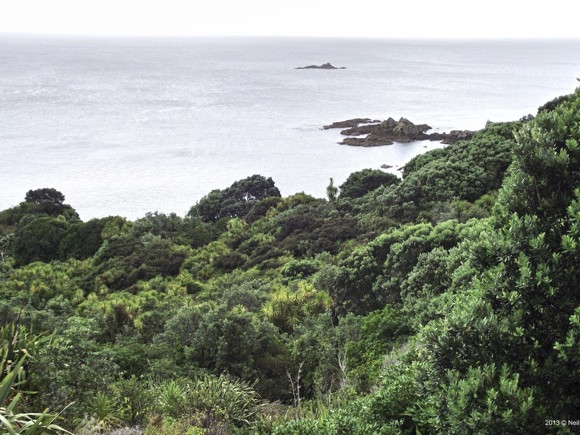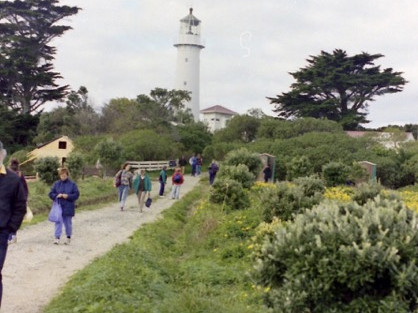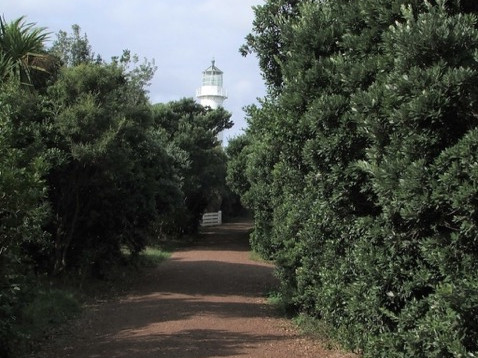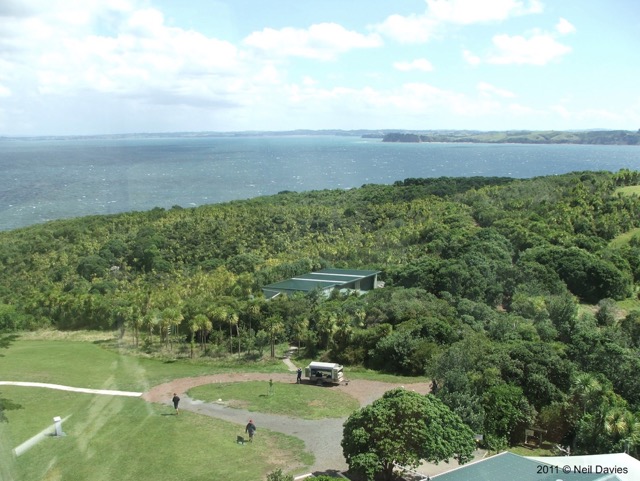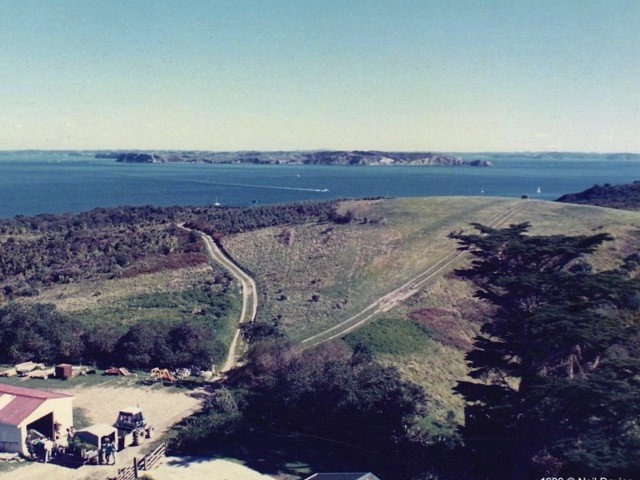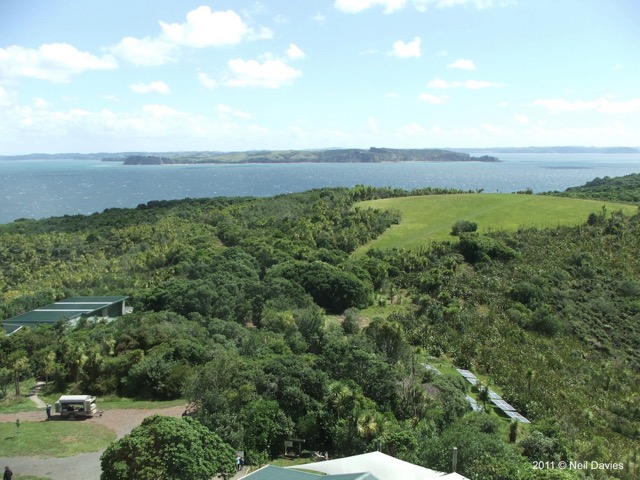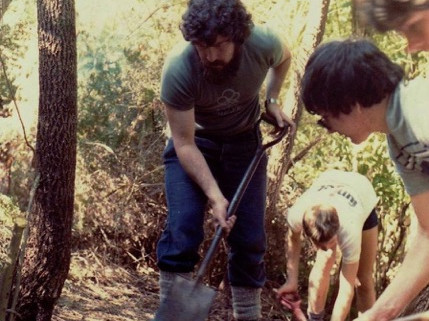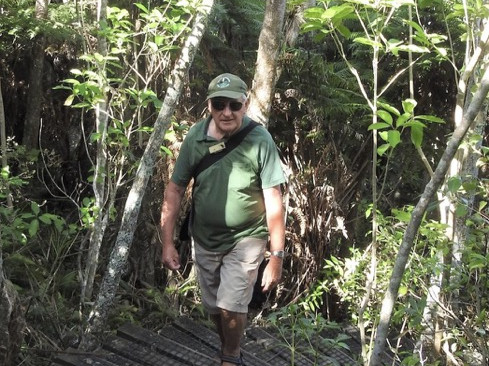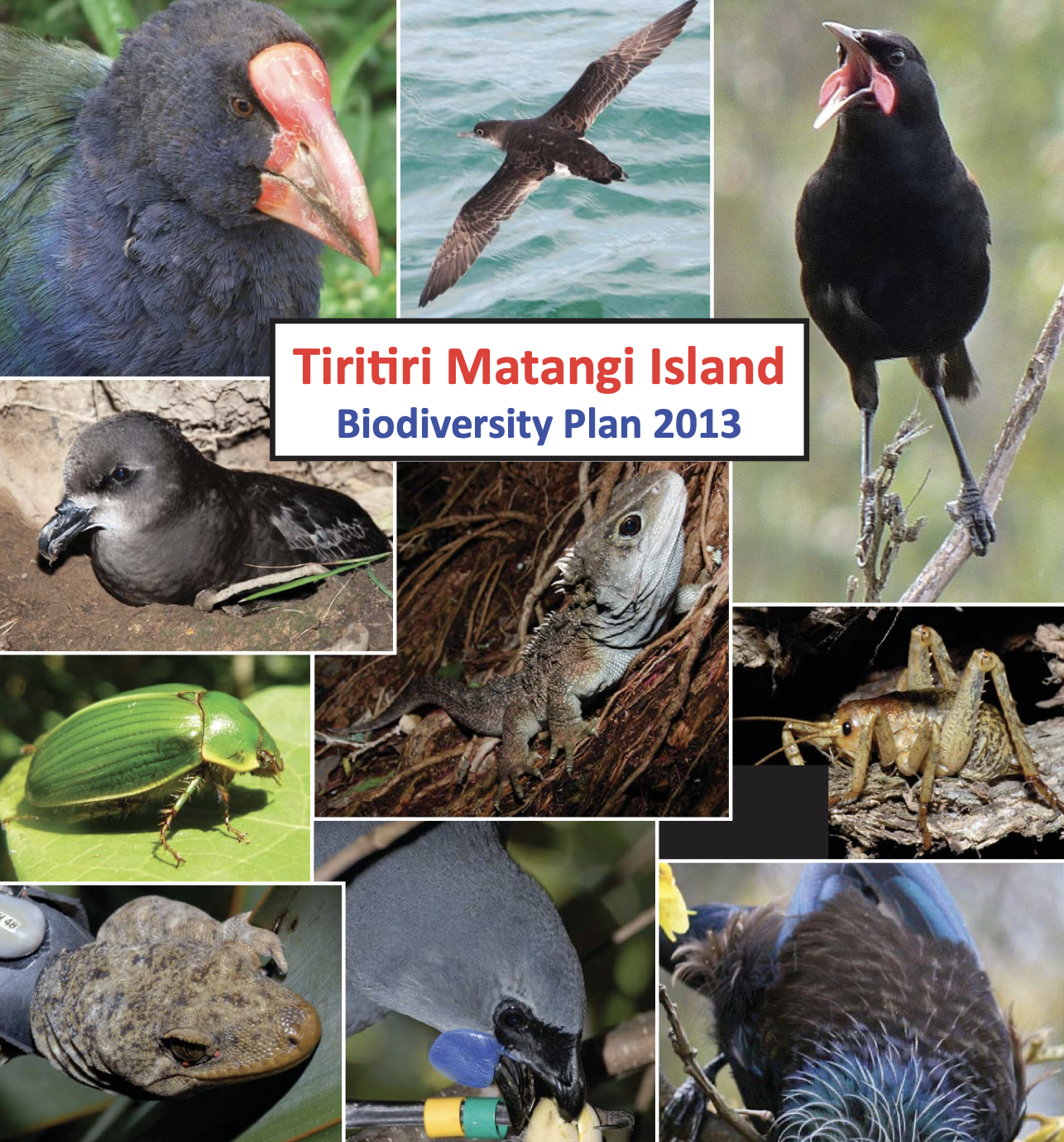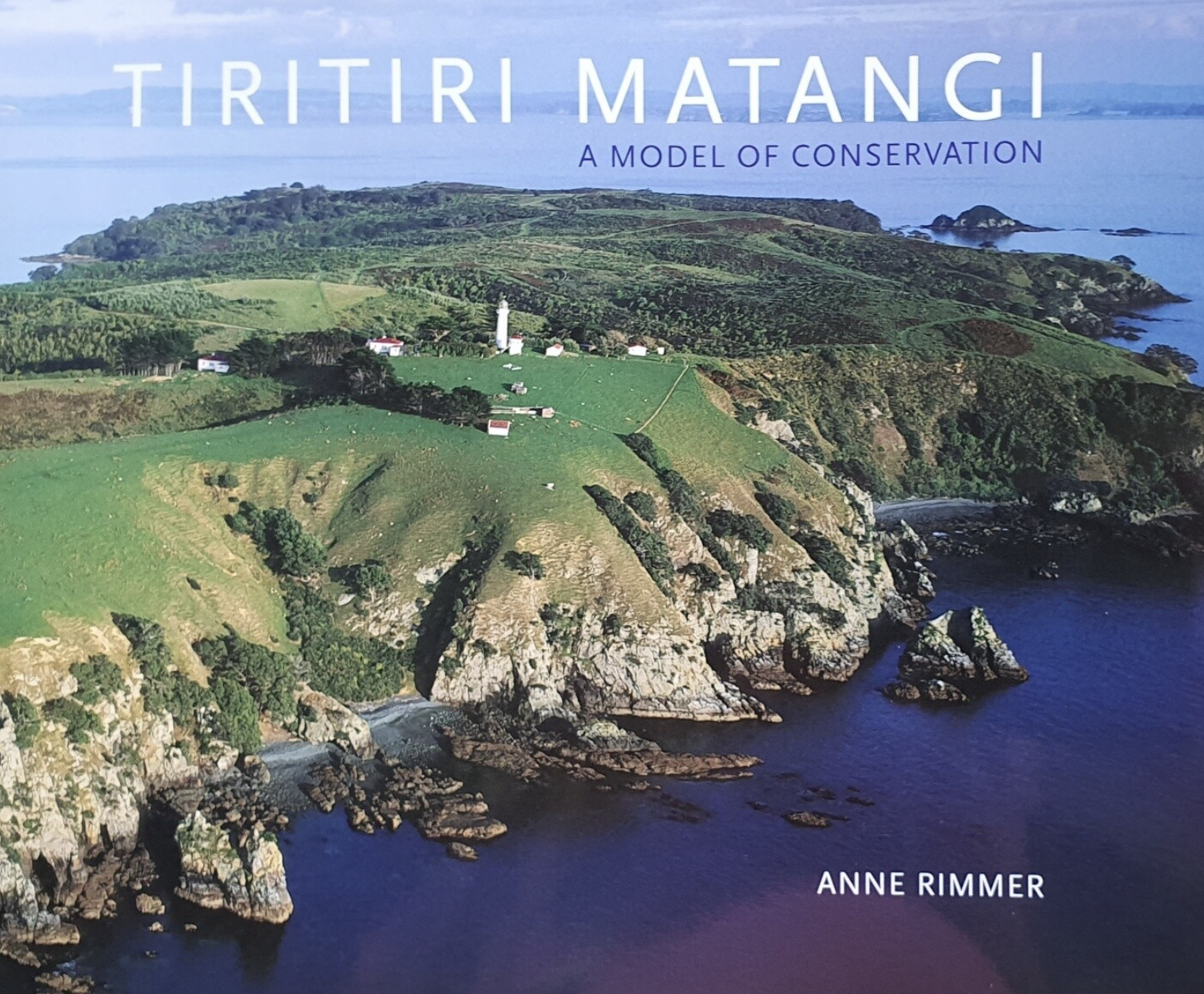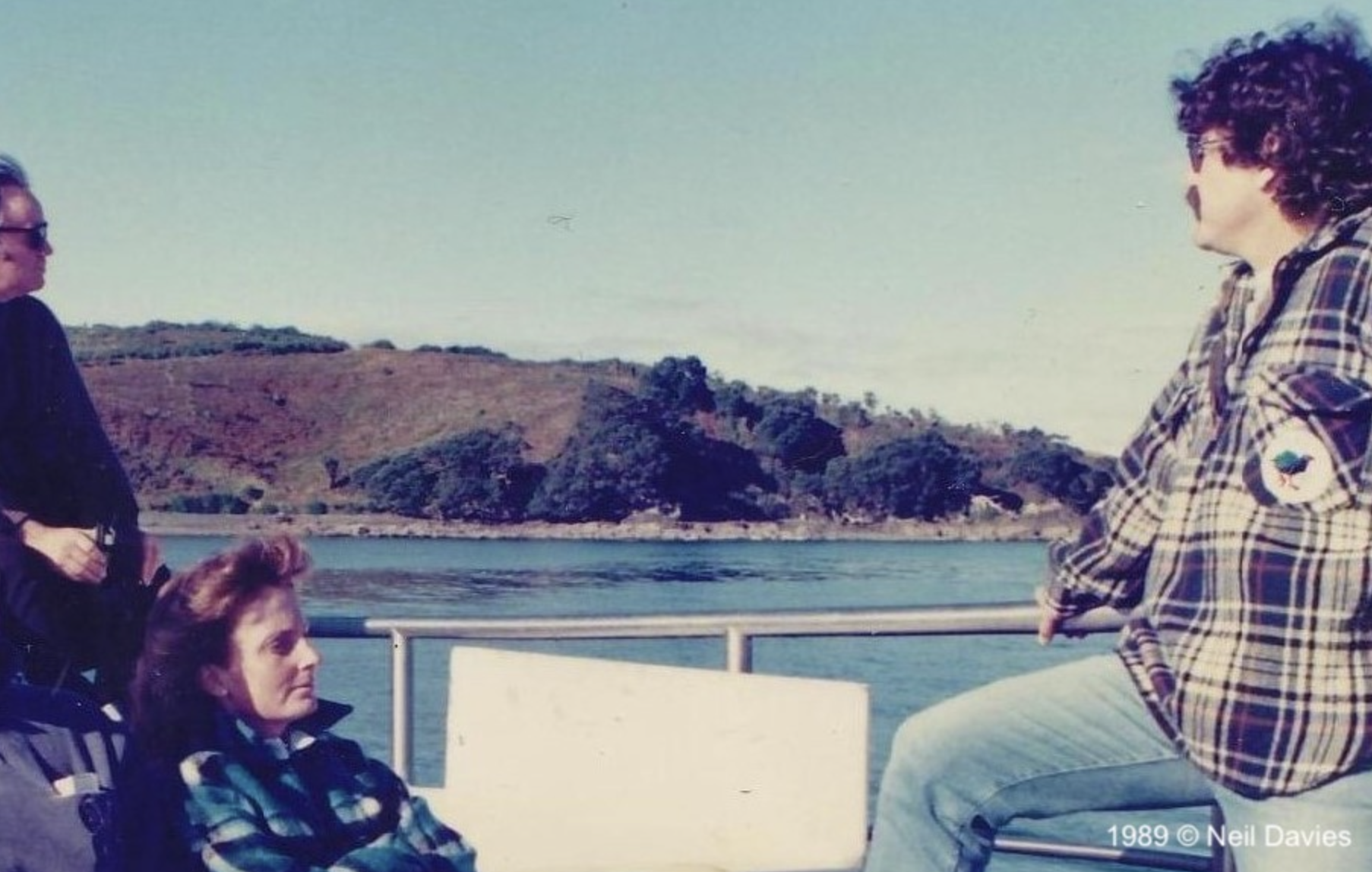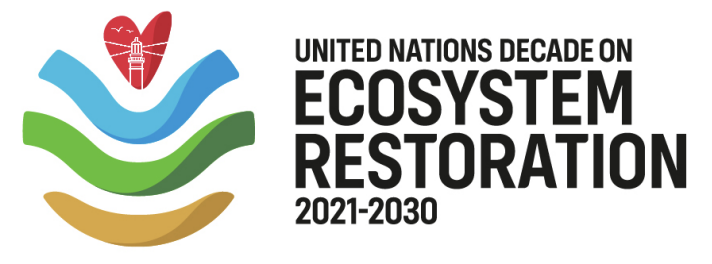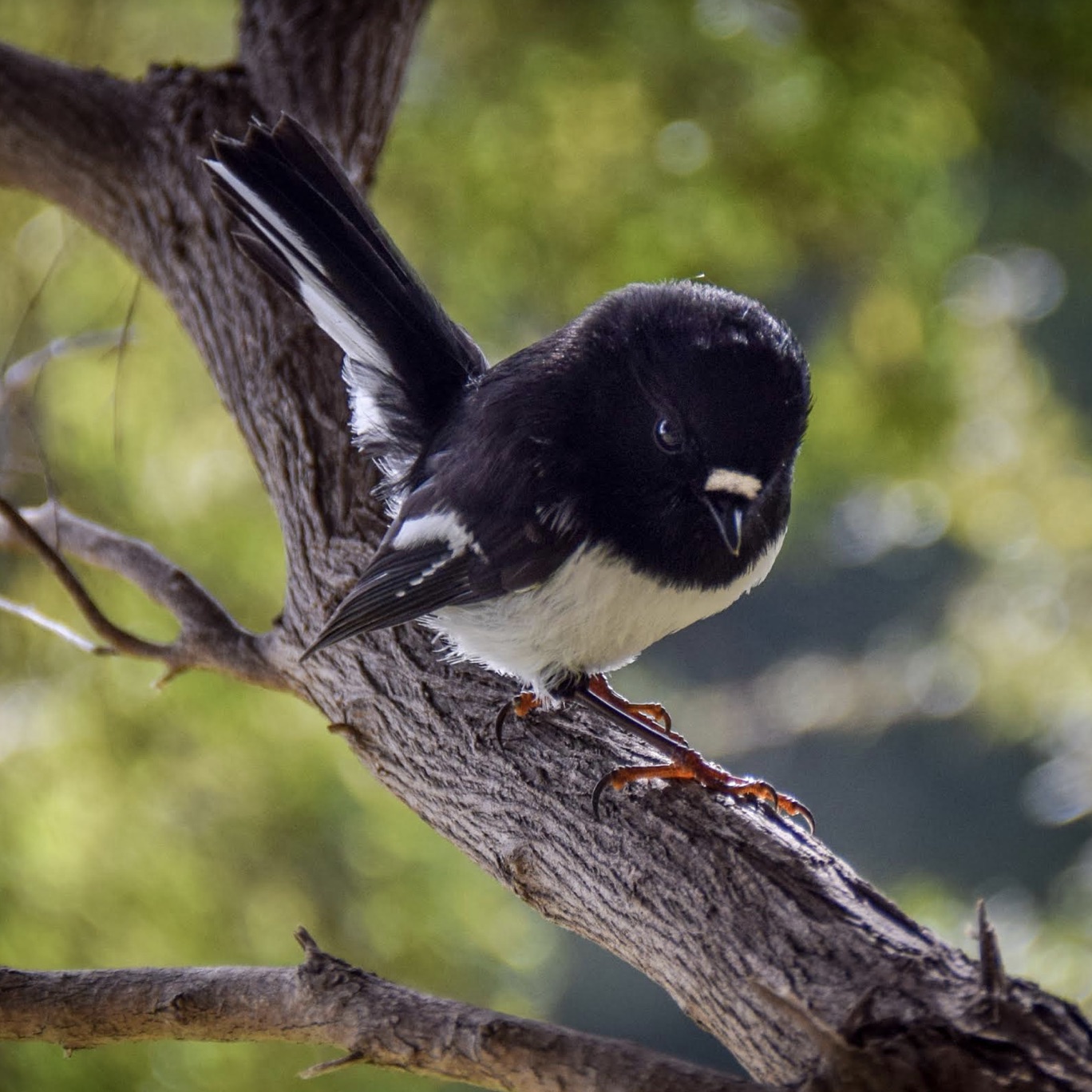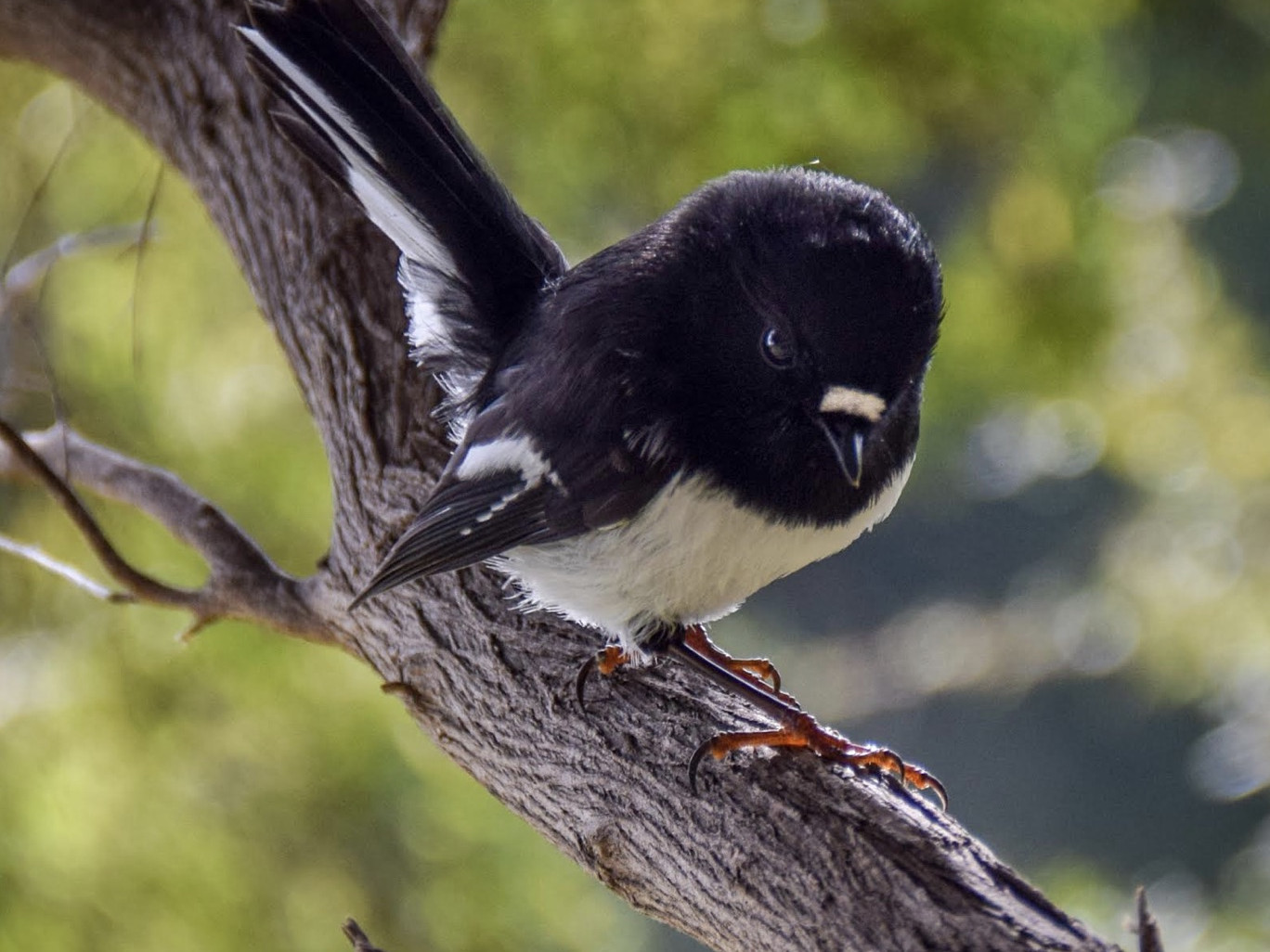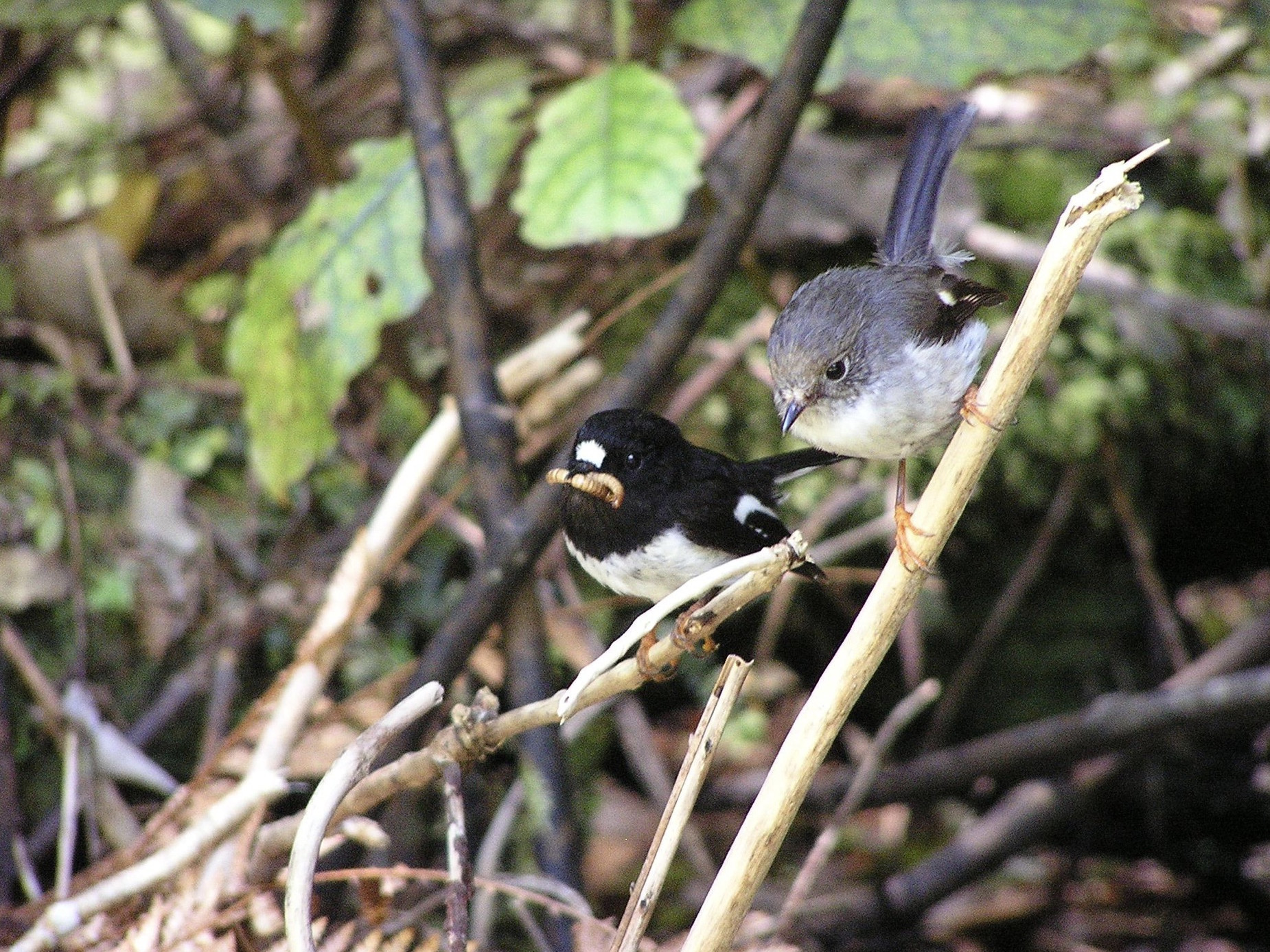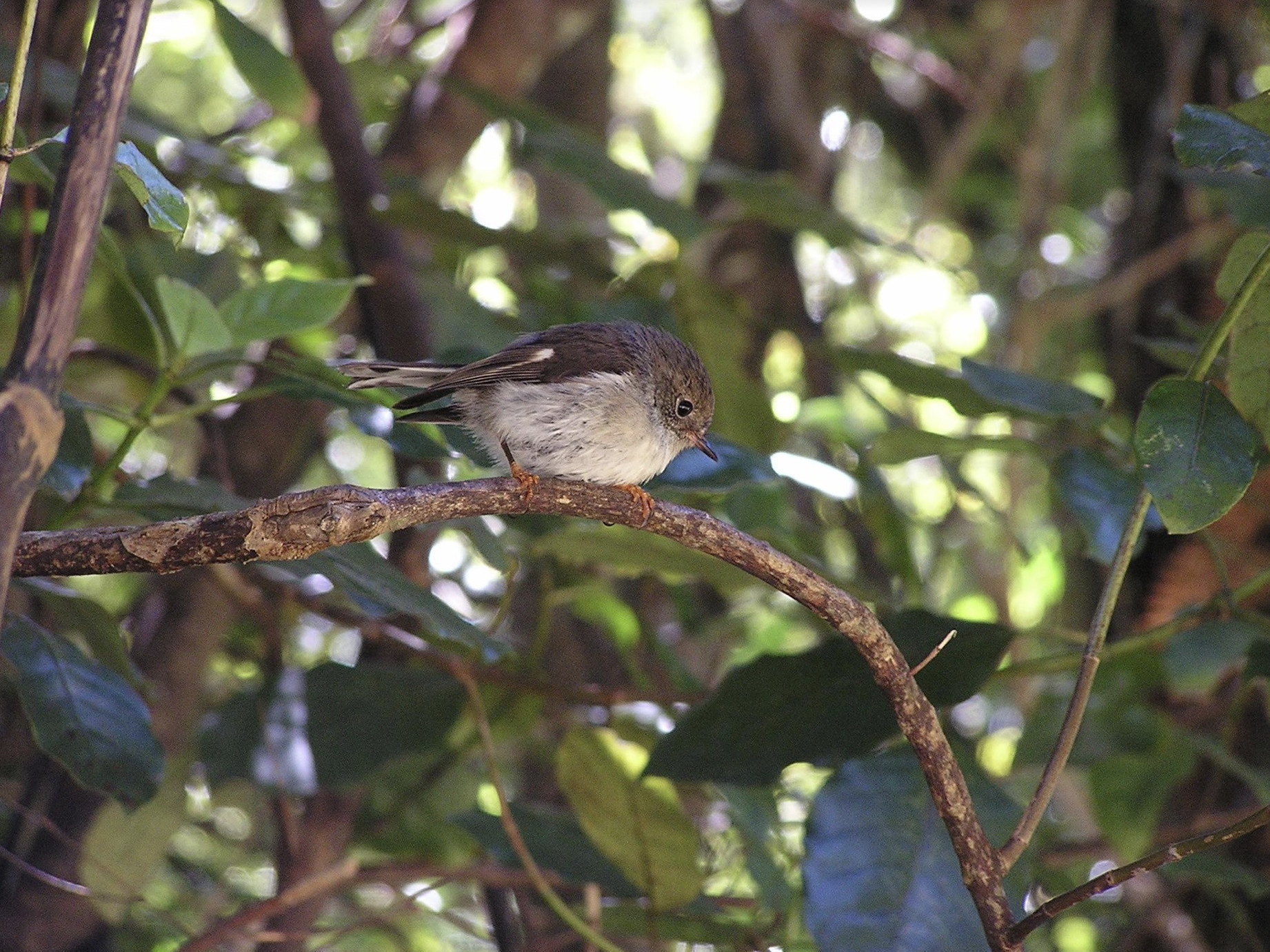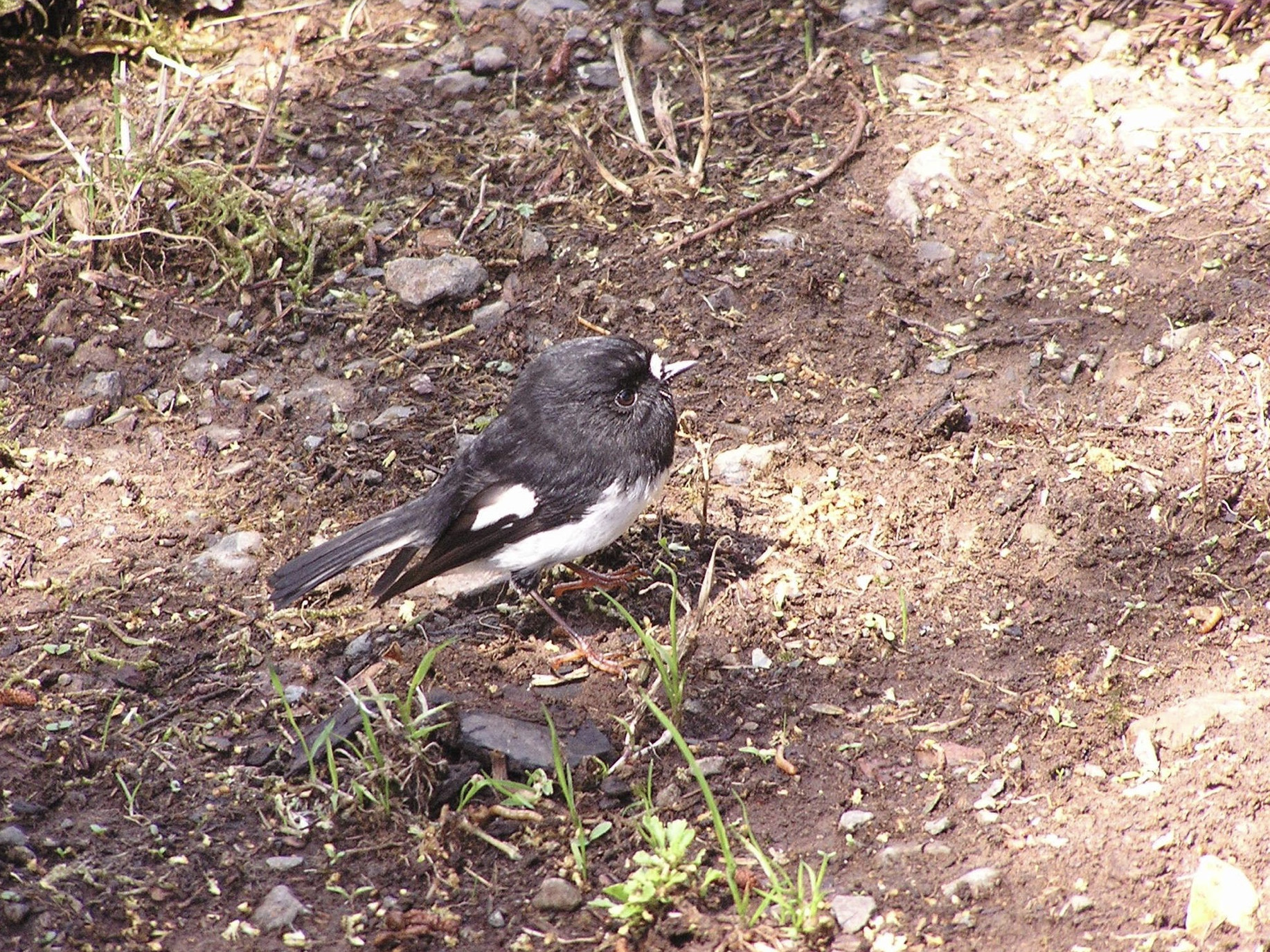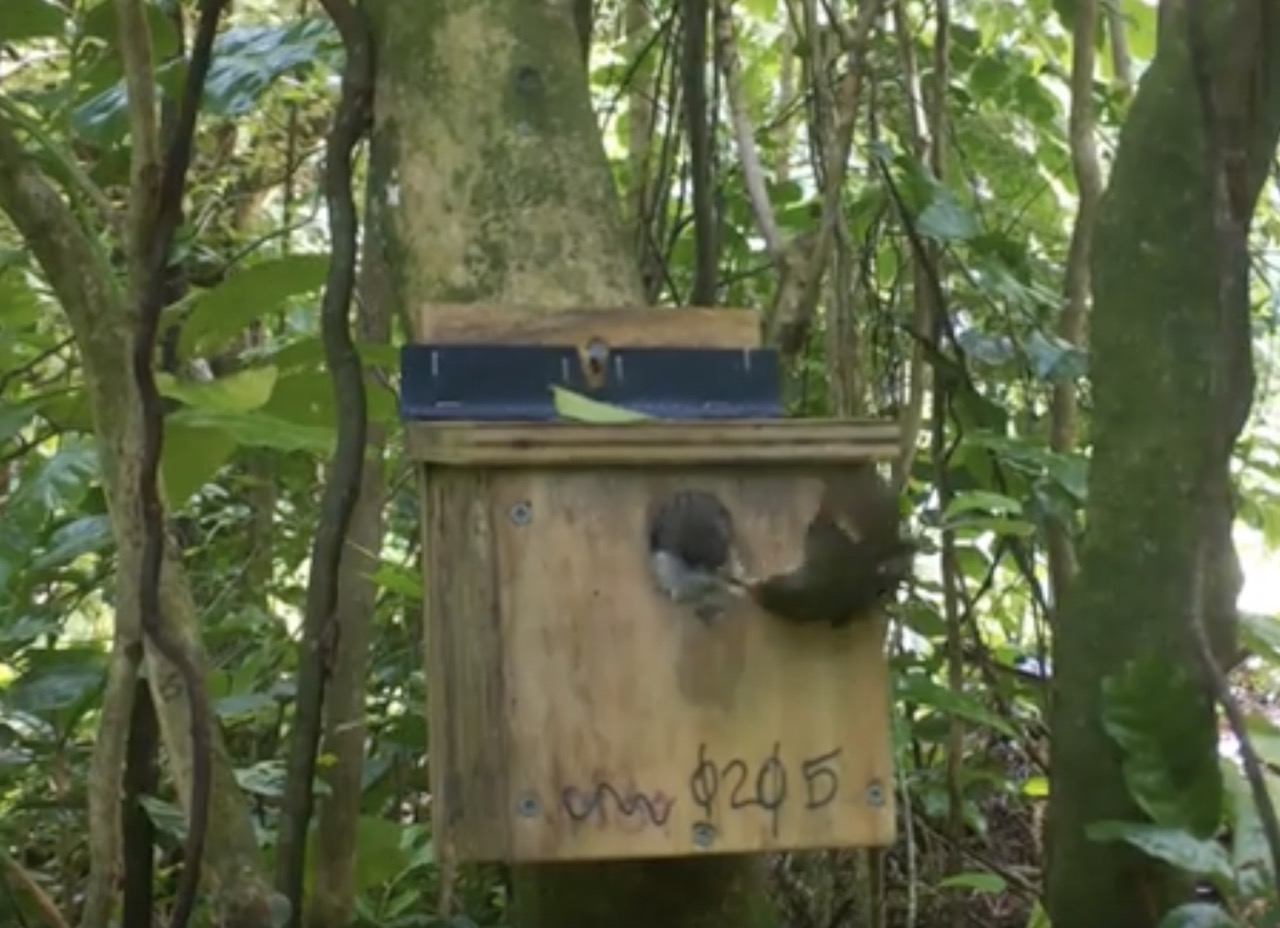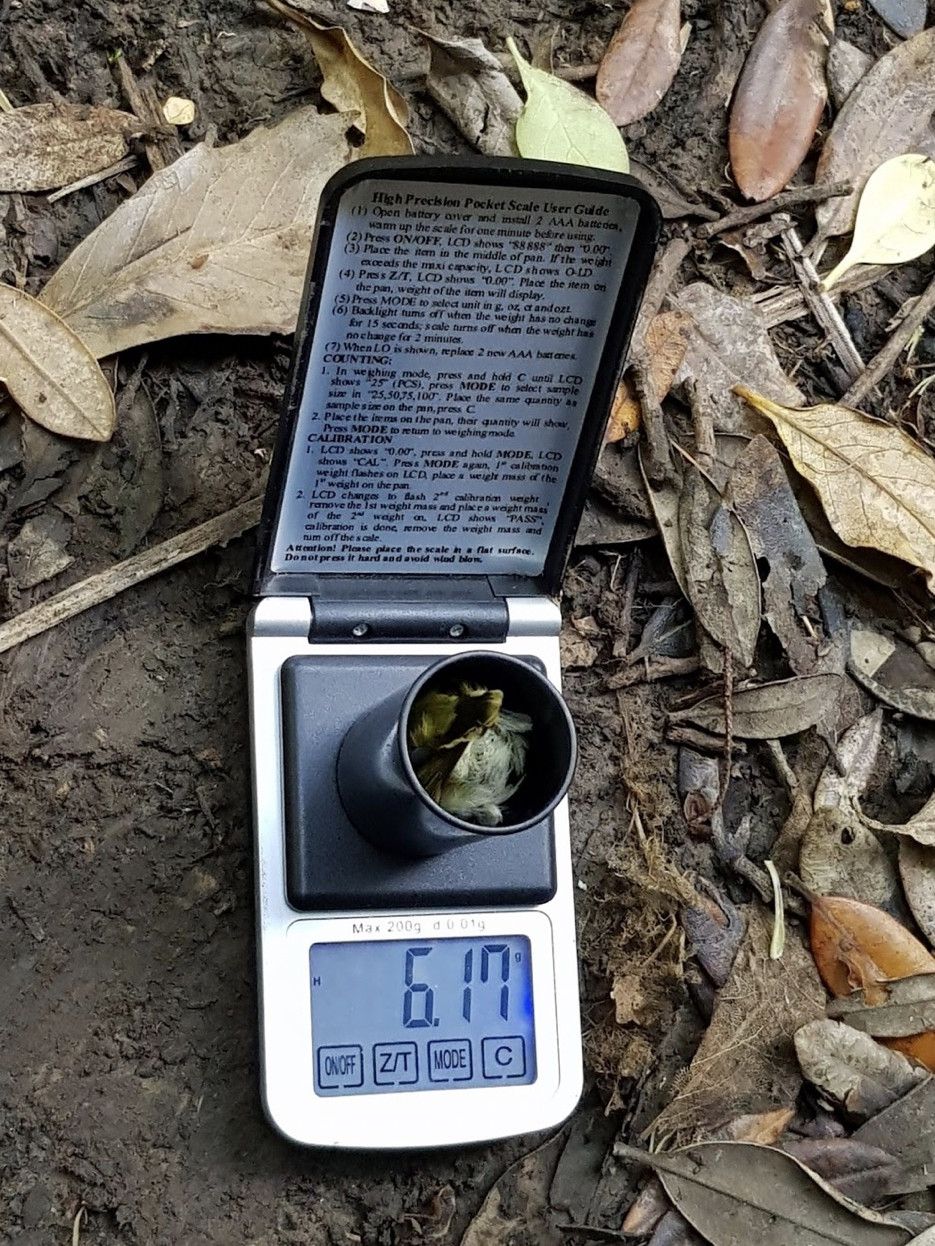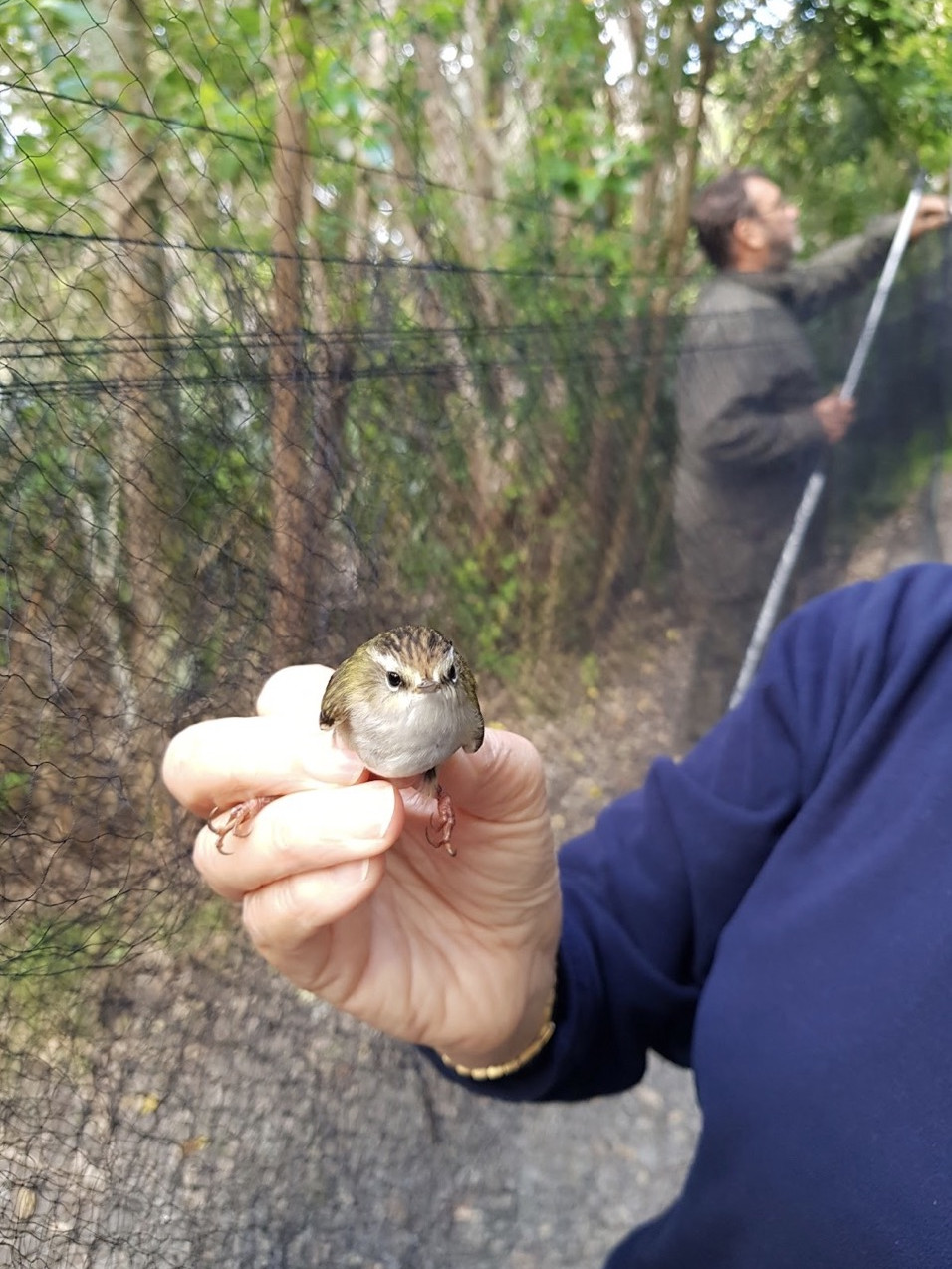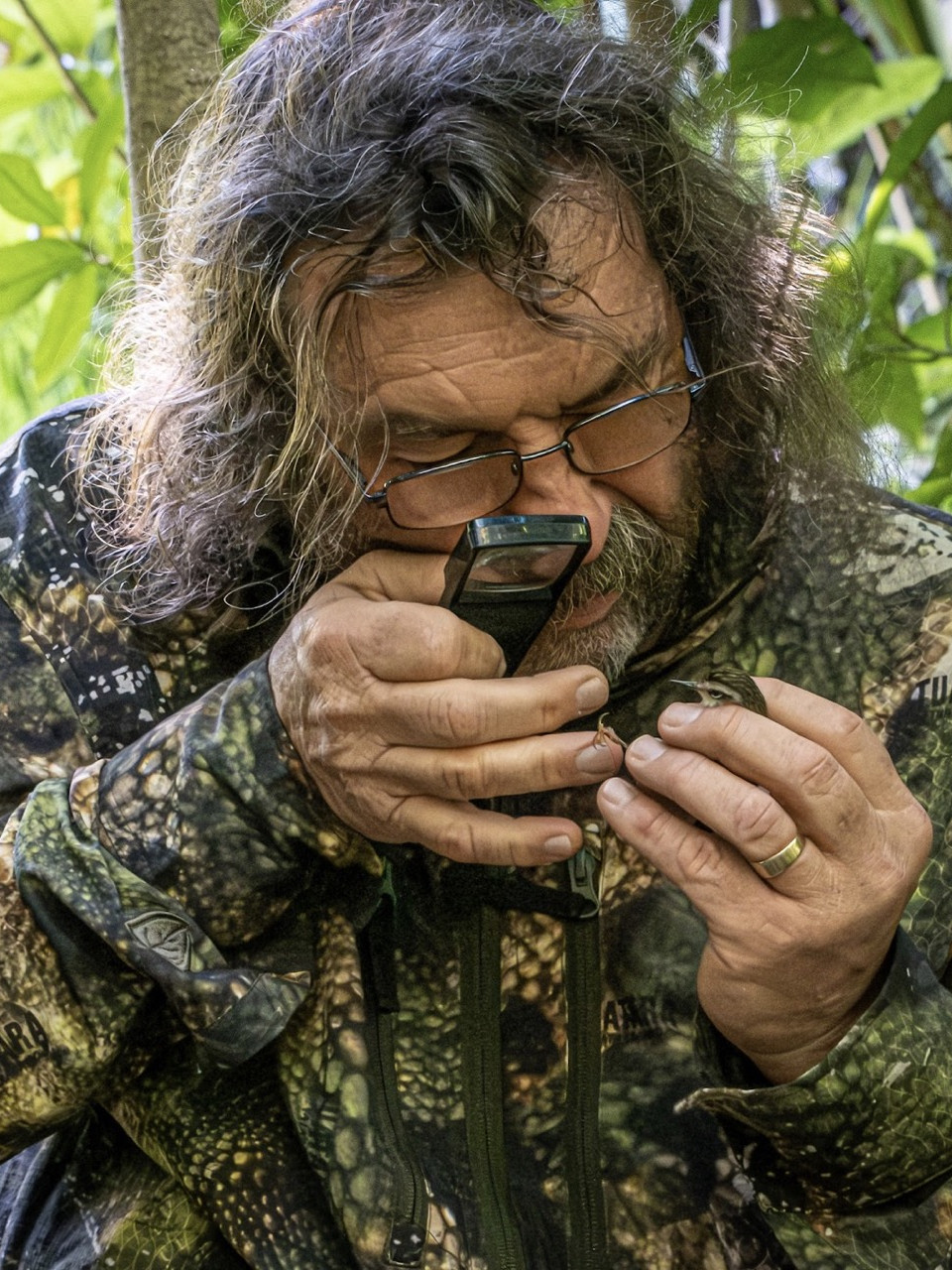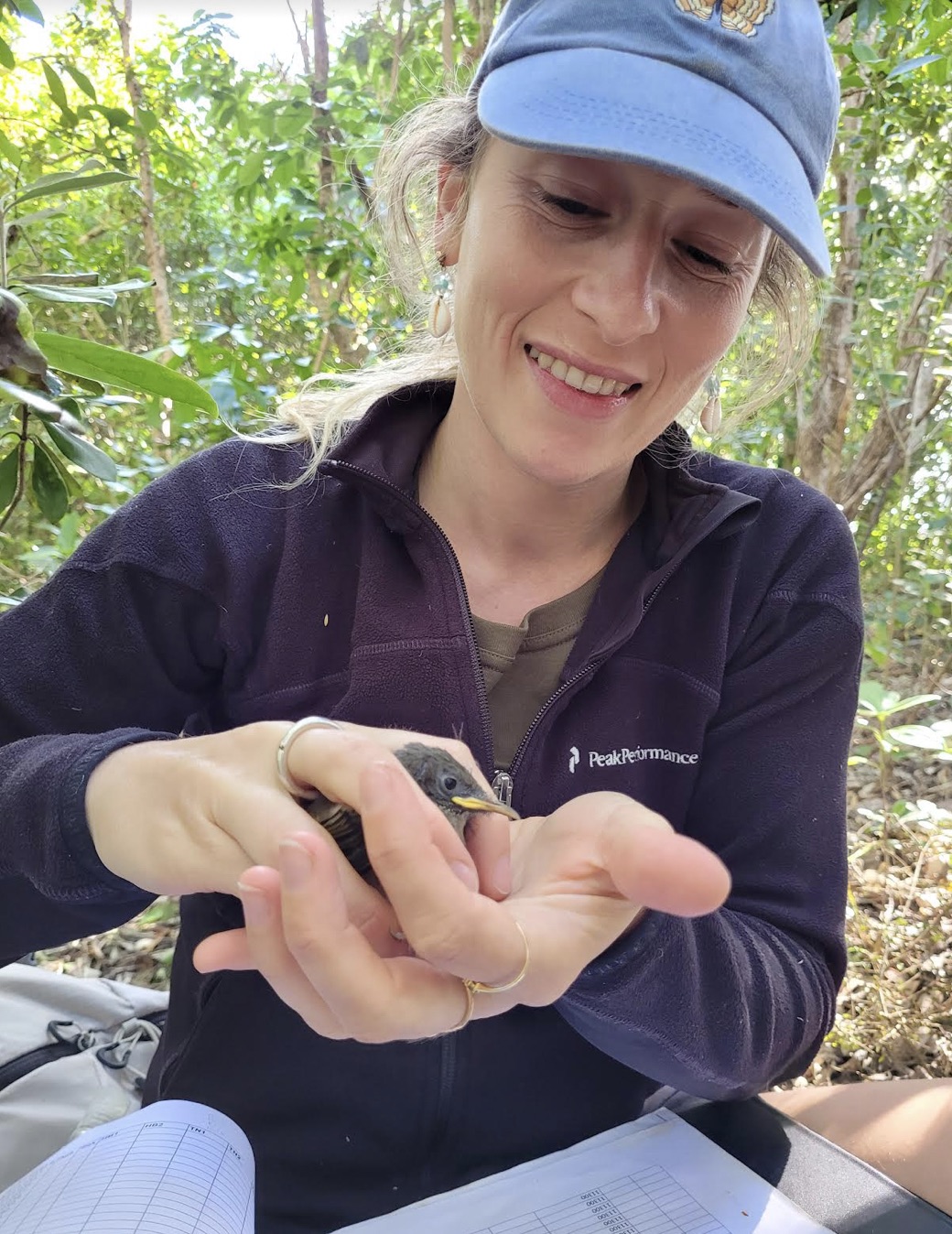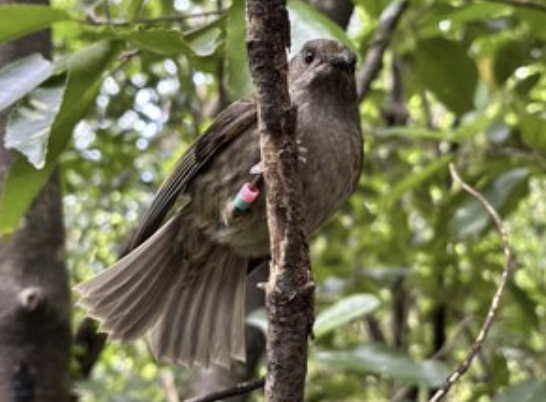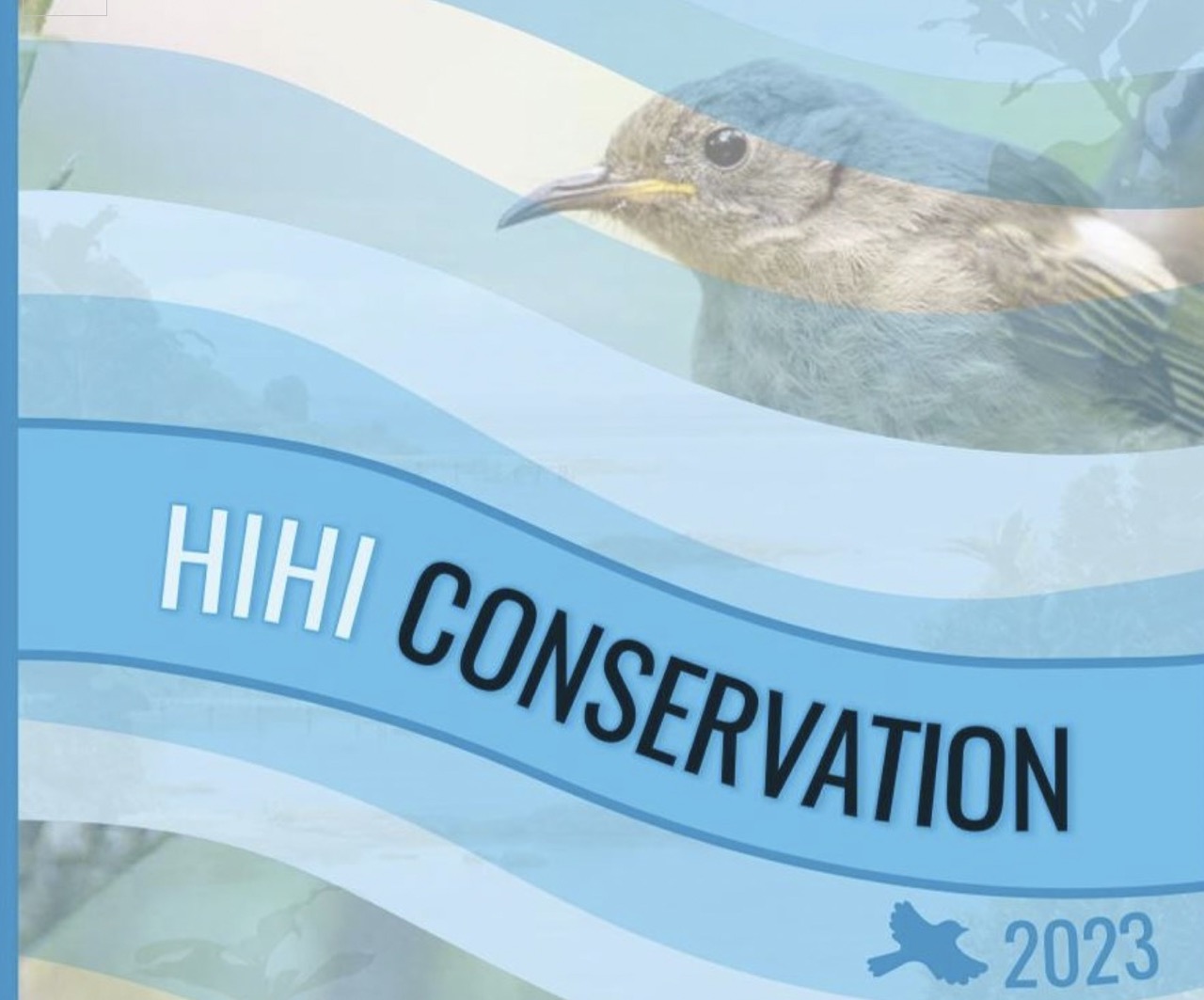Tikanga Māori
Tikanga Māori
We acknowledge the spiritual, ancestral, cultural, customary and historical interests in this motu held by iwi and hapu of Ngāti Manuhiri, Te Kawerau ā Maki, Ngāti Paoa, Ngāti Rehua, Ngāti Wai and the thirteen collective iwi and hapu of Ngā Mana Whenua o Tamaki Makaurau.
Websites:
- Ngāti Manuhiri – https://www.ngatimanuhiri.iwi.nz
- Te Kawerau ā Maki – https://tekawerau.iwi.nz
- Ngāti Paoa – https://www.ngatipaoaiwi.co.nz
- Ngāti Rehua – https://ngatirehua.com
- Ngāti Wai – https://ngatiwai.iwi.nz
Te reo
Helpful Guidelines for all SoTM members for upskilling inTe Reo Māori.
- https://www.stuff.co.nz/national/maori-language-week/114961703/power-te-reo-maori-video-lesson-pronounce-words-with-confidence
- The following link has been provided by the 2022 Year 11 te reo Māori students at Rangitoto College. It is excellent for learning about vowel and consonant sounds, and the use of macrons, in te reo Māori. It includes some key words specific to Tiritiri Matangi.
https://docs.google.com/presentation/d/190hdBjzxyx_2Cpe8DC8aMI4mlyZUShyqjW62rN-6hvY/edit?usp=sharing - Note the Māori Bird Lore – An Introduction by Murdoch Riley is available in the office for guides/ SoTM members to pick up and dip into during lunch breaks.
- Kupu Māori / words. Ideal to constantly check the aural: Te Aka Māori Dictionary http://maoridictionary.co.nz/ The sound in Māori is often quite different from the way many of us have traditionally pronounced kupu /words.
Treaty Settlements
Māori History and Stories
We chatter quietly away and then someone hears the first kōkako calls
We chatter quietly away and then someone hears the first kōkako calls
Author and photo credit: Kathryn JonesDate: 10th February 2024
It’s 4.30 am, pitch dark, on a morning in early December. I woke before my alarm went off. Time to start my day. Luckily I am a morning person. I get dressed in my work clothes quickly and quietly, trying to make as little noise as possible so others can continue to sleep. Outside I look up at the moon, the stars, and the lighthouse lights with awe. The team gathers in the bunkhouse kitchen and dining area for a bit of breakfast, and then we each go through our own routine to get ready to go out into the field. Boots, water bottle, binoculars, hand-held radio, pack with snacks and other miscellaneous gear, head torch with red light on. We walk across the grass to the implement shed to sign out and have a safety briefing. It is still dark. We head out to where we are going to look for our first pair of kōkako for the day.
Often we head up Coronary Hill and admire the early dawn colours, and then head quickly away. Sometimes, walking along Ridge Rd, ruru fly past you and brush ever so slightly against your arm. We chatter quietly away and then someone hears the-first kōkako calls and we then all listen intently. We reach the area we are going to be working in, and the team leader organises us into starting positions around the territory and does a communications check to make sure we can hear each other on the radios. There is a sense of anticipation about today’s mission. We are listening out for the first kōkako calls from the pair we are looking for. If the dawn chorus is underway, it is fabulous to listen to it as I am patrolling my allocated area. Then someone in the team will call through the radio that they have heard kōkako calling. This may be anything from a single note, to tuks, to soft calls, to a territorial call. This is where the kōkako pair are starting their day.
We find them by following their calls to the source. We go into the bush when it is light enough to see. It may take a bit longer for it to be light enough to see the bands to identify the individual kōkako. This is an art in itself, because you may be able to see one leg, but not the other depending on what the bird is doing. Patience is needed! The kōkako move to and call from a few trees in their territory to let other kōkako know to stay out. We follow them to wherever they have moved to. Sometimes this is straightforward, and other times we are navigating lots of tree branches and flax! Also the pair may split up, so we are then following two separate birds. Working with a team of people makes the job easier because there are other eyes and ears on the pair, greatly increasing our odds of keeping tabs on them. There is enough light now to see the bands and identify the individuals.
We keep watching their behaviour until we can determine where they are at in the breeding cycle – courtship, nest building, incubating eggs, rearing chicks. Sometimes this is more obvious than other times! There are lots of smiles and dancing when we regroup if we have located a new nest site. Then we move onto the next pair of kōkako, and start again.
We come back to the bunkhouse sometime between 10 and 12 and have second breakfast, clean and pack up, and then often have an early lunch. Team members coming onto the Island for the day are briefed and we then decide what work we are going to do in the afternoon. At this time of year there are a number of the pairs of kōkako on nests. We do nest watches to determine whether the nest is still being used, and if so whether the female is laying eggs, incubating or brooding nestlings, and if the male is coming in to feed them. I like nest watches. It is a still, focused activity and I feel a sense of privilege at being there. Often you can only see brief movement because the nest is so well hidden. I always leave the site with a sense of satisfaction if the nest is active, and sadness if it has been abandoned.
Over time I have got to know the personalities of some of the kōkako and take that into consideration when monitoring the individuals. Tiritiri Matangi is their place, their home, and I am a visitor who wants to help to increase the number of the species and help it to thrive. I am lucky that I am part of a team working toward that goal! We get great reports on sightings of kōkako from other people, which helps with the monitoring. We get back into the bunkhouse between 5 and 6 pm. After signing in, a shower is very welcome. Tea next, and a debrief and plan for the morning hatched, and then in my case an early night!
Spade brigade
Spade brigade
Photo credits: Neil Davies
It’s inspiring to think about the planting programme that started in 1984 on the island to help restore the native birdlife habitat. It’s impressive that over 10 years 280,000 trees were planted by volunteers, which included thirty different species of trees and shrubs. These volunteers formed the “spade brigade” and used pointed spades to plant seedlings that had germinated in the island’s nursery. It’s great to see people coming together to preserve the natural environment. Thanks to the vision of the Neil Mitchell and John Craig who thought of the idea and to the efforts of the volunteers.
The Tiritiri Matangi project changed the way conservation was done in New Zealand. Previously, only a select group of privileged scientists were involved in conservation efforts, which mostly took place in remote areas. However, this project paved the way for community-led-conservation, making it possible for everyone to be involved in conservation.
Below are the before and after photos showing the forest growth.
#conservation #auckland #regeneration #TāmakiMakaurau #nature #planting
Tiritiri Matangi: a perfect fit for United Nations environment programme
Tiritiri Matangi: a perfect fit for United Nations environment programme
Author: Mel Galbraith (From the Dawn Chorus Archives, 130 August 2022)Date: August 2022
Ecological restoration on Tiritiri was well ahead of its time. It has taken initiatives such as the sanctuary to
encourage a global declaration that is now being internationally recognised, explains Mel Galbraith.
Twelve hours after we collectively chorused Auld Lang Syne to welcome in the 1st January 2021, the United Nations launched a “Decade on Ecosystem Restoration” 2021-2030. Not that you would have noticed; there were no fanfares and I doubt if any of the local firework displays were in recognition of this cause. No doubt the global pandemic was occupying the headlines at the time. And, even as we edge back towards a new more stable “norm”, it is still unlikely that the UN initiative will demand much media recognition. Such is the nature of (positive) environmental news.
The UN Decade on Ecosystem Restoration 2021-2030 explicitly calls for … Preventing, halting and reversing the degradation of ecosystems worldwide: “The over-arching vision for the UN Decade is a world where – for the health and wellbeing of all life on Earth and that of future generations – the relationship between humans and nature has been restored, where the area of healthy ecosystems is increasing, and where ecosystem loss, fragmentation and degradation has been ended.”
– https://www.decadeonrestoration.org/
Tiritiri Matangi fits into the United Nations Decade vision perfectly. We often refer to the restoration project on Tiritiri Matangi as “cutting edge”. While it is true that ecological restoration is now relatively commonplace in New Zealand, with a multitude of projects nationwide, at the inception of the Tiritiri Matangi project such action was novel and, to some degree, controversial. It was an invitation for public to contribute to conservation on Crown land, and definitely tested the boundaries of the day of what was acceptable for public to do on Crown land. It also started to raise volunteers’ expectations of how their contributions could address environmental degradation.
The formal discipline of restoration ecology (the science) had its birth in the USA in the 1950s. Even so, the Tiritiri Matangi project was getting underway around the same time as the establishment of the first scientific journal for the science (Ecological Restoration – 1981) but, perhaps more importantly, well before the appearance of the Society for Ecological Restoration International (SER, 1988). The Island’s restoration story over almost four decades is known throughout New Zealand, and generates international interest for the extent of community participation in the restoration.
The Tiritiri Matangi project is a celebration of the collective foresight of many players that promoted and supported the restoration and public participation, and is thus worthy of being an exemplar for the UN Decade on Ecosystem Restoration. You will note that we have ‘personalised’ the UN logo – this is encouraged by the UN to demonstrate a unique connection with the UN vision. We will be using it for the remainder of the decade to demonstrate this connection, and to remind everyone of the significance of the Tiritiri Matangi restoration project.
The translocation of miromiro to Tiritiri Matangi
Translocation of Miromiro to Tiritiri Matangi April 2004
Author:Barbara HughesDate:January 2023
Photo credit: Barbara Hughes
Over two days in early April 2004, four catching teams in the Hunua Ranges Auckland Council Regional Park area caught 32 miromiro/North Island tomtits, Petroica macrocephala toitoi, for transfer to Tiritiri Matangi. All birds were weighed, banded, individually boxed, and then transported by car to the Helitranz base at Albany from which they were flown by helicopter out to the motu. This was the culmination of over a year of study in the field and many hours habituating the birds with meal worms by a team of Tiritiri Matangi Supporter helpers, and a Massey University international student; co-ordinated by myself. The translocation was overseen by DOC manager Richard Griffiths. The scientific support, advice and capture specialists were Dr Tim Lovegrove (ARC Heritage Department scientist) and Dr Kevin Parker (Reintroduction Biologist). Supporters of Tiritiri Matangi for the study and translocation costings had the financial benefit of Barbara being on a fully funded Royal Society Teacher Fellowship year to carry out the programme.
Follow-up monitoring was carried out after the translocation and occasional authentic sightings of banded birds continued up to March 2006. There was no evidence of breeding pairs and the possibility of a population of miromiro establishing on the motu didn’t occur.
One bird known to the miromiro team as Mr RG was found back in his Hunua territory over 56 km away nine weeks after the translocation. This caused much fuss with the media in that his story made the front page of The NZ Herald, interviews with BBC and Radio NZ, a scientific paper written, 18 in total magazine/newspaper articles and an illustrated 43 page book on Mr RG’s flight home. This is a unique Tiritiri Matangi story and a translocation that’s part of the list of translocations to the motu.
The flight back to the original habitat proved beyond doubt that miromiro are able to fly some distances and across long stretches of water.
The answer to the question as to why a population of miromiro did not establish may be due to the competition from a bird of the same Petroica genus; toutouwai, the North Island robin, Petroica australis, that are well established on Tiritiri Matangi plus other resident competing birds. Barbara observed a strong reaction from a robin to a miromiro where the robin won that interaction, along with a fantail chasing a translocated miromiro round in a circle on the ground.
The present science thinking is that tomtits are difficult to translocate due to being good dispersers. No other strategy would be more successful. The best strategy now will be to let the island mature for miromiro to arrive by themselves if the motu is to their liking as they have done in many other places. Pays to keep in mind that not everything can be translocated and that natural colonisation is always preferable.
Both male and female vagrant miromiro are observed periodically on Tiritiri Matangi. One day they may establish when the habitat is more mature. Keep a look out for these delightful birds. Māori speak of an observant person as “ he karu miromiro” – “having a tomtit eye” due to miromiro being able to pick up a small item of food from 10m distance. Another Maori name for them is “torotoro” (scout) due to their habit of appearing on a branch or perching from a trunk from nowhere in the forest then vanishing.
Titipounamu / Rifleman Survey
Titipounamu / Rifleman Survey
Author: Janet Petricevich shares an update, with input from Simon Fordham.
(Article taken and reduced from the recent Dawn Chorus magazine)Date: December 2023
Tiritiri Matangi Island is a scientific reserve as defined in the Reserves Act 1977. Section 21 of the Act states that ‘The principal purpose of these reserves is the protection and preservation in perpetuity of areas for scientific study, research, education, and the benefit of the country.’
One of these activities is the titipounamu (rifleman) survey which begins in late August or early September and continues to around the end of January. The purpose of this survey is the long-term collection of data about the titipounamu population on the Island. Through this survey, Simon Fordham, with help from his wife Morag and other volunteers, has been collecting data about the longevity and dispersal of these birds.
During the initial survey, a team of volunteers walked both the public and research tracks over the Island, listening for the titipounamu’s high-pitched calls. All sightings of the birds are recorded, along with any information about the sighting, e.g. location, number of birds seen and their gender(s), whether they were banded, and any band combinations identified.
If weather conditions allow, mist-netting may also take place. This generally targets un-banded pairs. Any birds caught are banded with a metal band, which contains a unique identification number, and up to three coloured bands, which allow for visual identification of the individual bird. The birds are also weighed, and their gender recorded, along with the location where they were caught. Soon after, Simon will enter this information into the Department of Conservation bird banding system, FALCON.
After the initial survey, nest boxes are then monitored for activity. This gives insight to titipounamu nesting habits. Although nest building can begin in August, the first eggs are not usually laid until early October. The first fledglings emerge around the third week of November. Soon after this, Simon begins catching birds again. By catching and banding juveniles, birds of a known age can be identified. On the Island, Simon knows of three birds, two male and a female, who have exceeded ten years of age.
Titipounamu were first introduced to Tiritiri Matangi in 2009 (31 birds), with additional birds translocated in 2010 (14) and 2011 (15). Simon estimates the current population to be in the mid- hundreds.
A video recorded by one of the trail cameras
Alien chick in the bush: Diary of a Swiss girl who settled on Tiritiri Matangi for two months
Alien chick in the bush: Diary of a Swiss girl who settled on Tiritiri Matangi for two months
Author: Maude VernetDate: December 2023
Imagine this – what if one day someone told you that you would get the opportunity to travel 18,456 km to a small island lost in the pacific, to uncover multiple bird species that most people on the planet, even those living nearby, have never seen? And what if you could get the opportunity to work with a specific species, the hihi – a cute little bird fiercely fighting extinction, to observe their behaviour daily, while gathering a massive amount of field experience? My response to this proposition was a resounding yes. A few weeks later, I found myself on a plane, ready to explore Tiritiri Matangi and delve into the world of hihi. And the least I could say is that Tiritiri Matangi did not disappoint.
I remember my first few days on the island, following Emma (who is the official hihi herder on Tiritiri Matangi) around and trying to keep up with the shower of new information pouring onto my overheated brain. The list of discoveries was extensive, from the bunkhouse, the kitchen dance, and the occasional snoring roommate; to the recipe for sugar, the feeding of hihi and opportunistic korimako (under the watchful eyes of tūīs guarding the feeders) and the hungry impatient takahē following us to their feeder. I remember going off track for the first time, discovering the scientific paths leading to cryptic nest boxes hidden in the bushes and my first encounter with freshly hatched hihi chicks chirping in their boxes in the hopes of seeing their helicopter mums and occasionally attentive dads coming to feed them. What a blast. Emma made it look effortless, gracefully flipping sugar feeders and hovering over scientific paths, as if no puddle of mud, tree root, or overgrown bush held any secrets from her.
My experience was slightly less romantic in my first few weeks on site. My initial attempts at preparing sugar water could be summarised as bathing my whole body in sugar water, while enjoying the company of a colony of ants permanently residing rent-free in my wet shoes, saying “hi” to my cold feet every morning. Discovering the bushes of Tiritiri Matangi once Emma was off Island was also an interesting experience. I basically spent my first few weeks on a constant treasure hunt, following my instinct and constantly checking my maps in the hopes of finding a nest box at one point or another.
Today is my last full day on Tiritiri Matangi, I am about to go check nest boxes for the last time and have already said goodbye to quite a few people that I won’t see until I leave. Although it is a quite emotional day, I am happy to say that I have officially (kind of) mastered the craft of working with hihi. Yesterday, and for the first time, I did not use my maps while checking nest boxes, and I am getting better at flipping sugar feeders although the occasional shower is still a part of my daily life on Tiritiri Matangi.
My experience here has been incredible. I have learnt so much and I have a few special people to thank for all this: Mhairi and John Ewen for having given me this opportunity, the Supporters of Tiritiri Matangi without whom the island would not be what it is, particularly Kathryn, who has helped me during my first week here, Christine also, John Stewart and Kay, for the opportunities to work with diving petrels, and Keith and Talia (Department of Conservation) for their amazing work and the awesome vibe that they bring to the Island. Last but certainly not least, thank you, Emma, for your patience and everything you’ve helped me discover while I was here. Sorry for leaving now that you have officially finished training me… Until next time, maybe?
